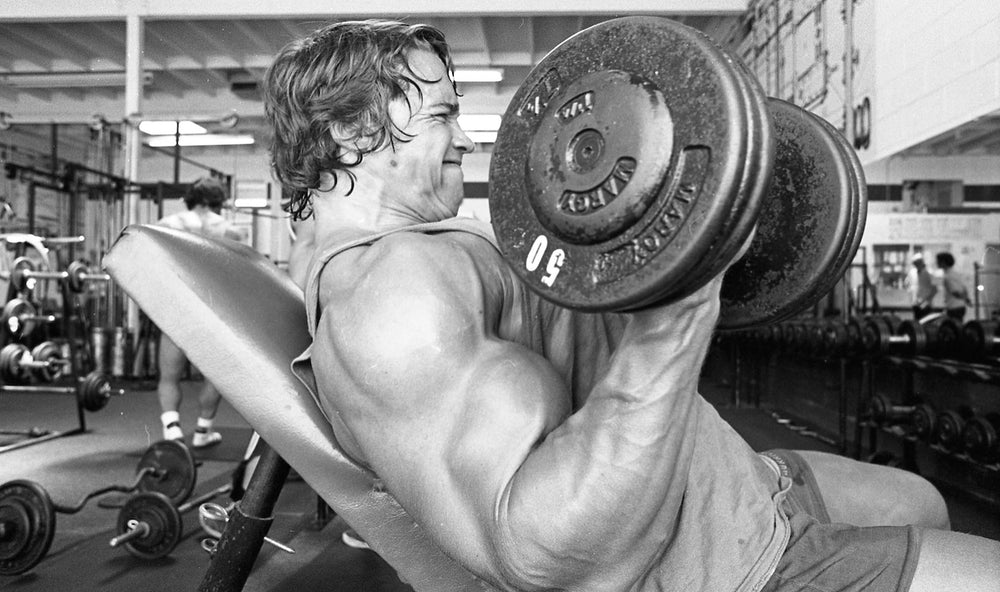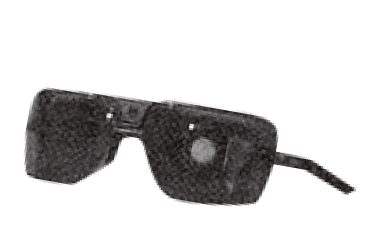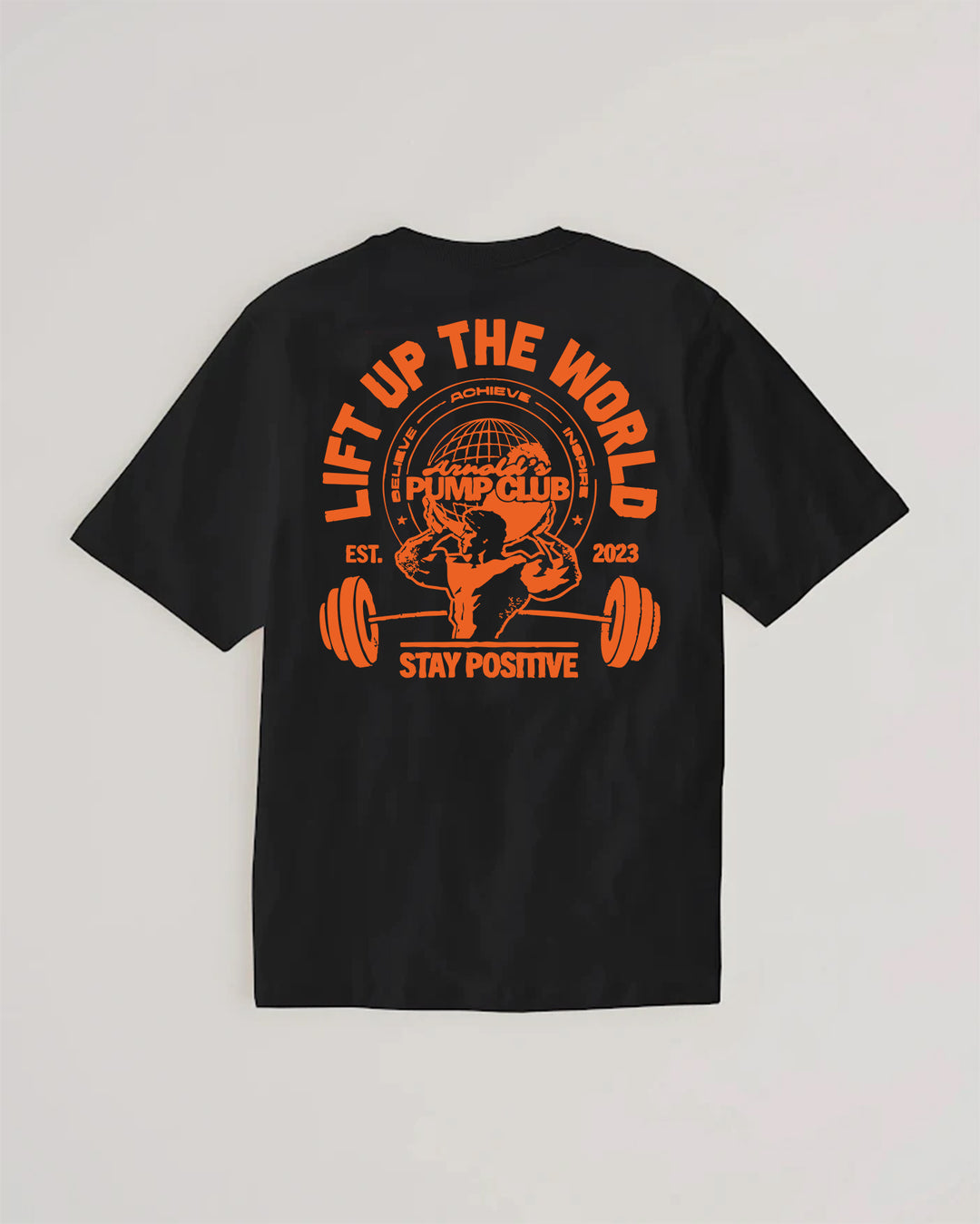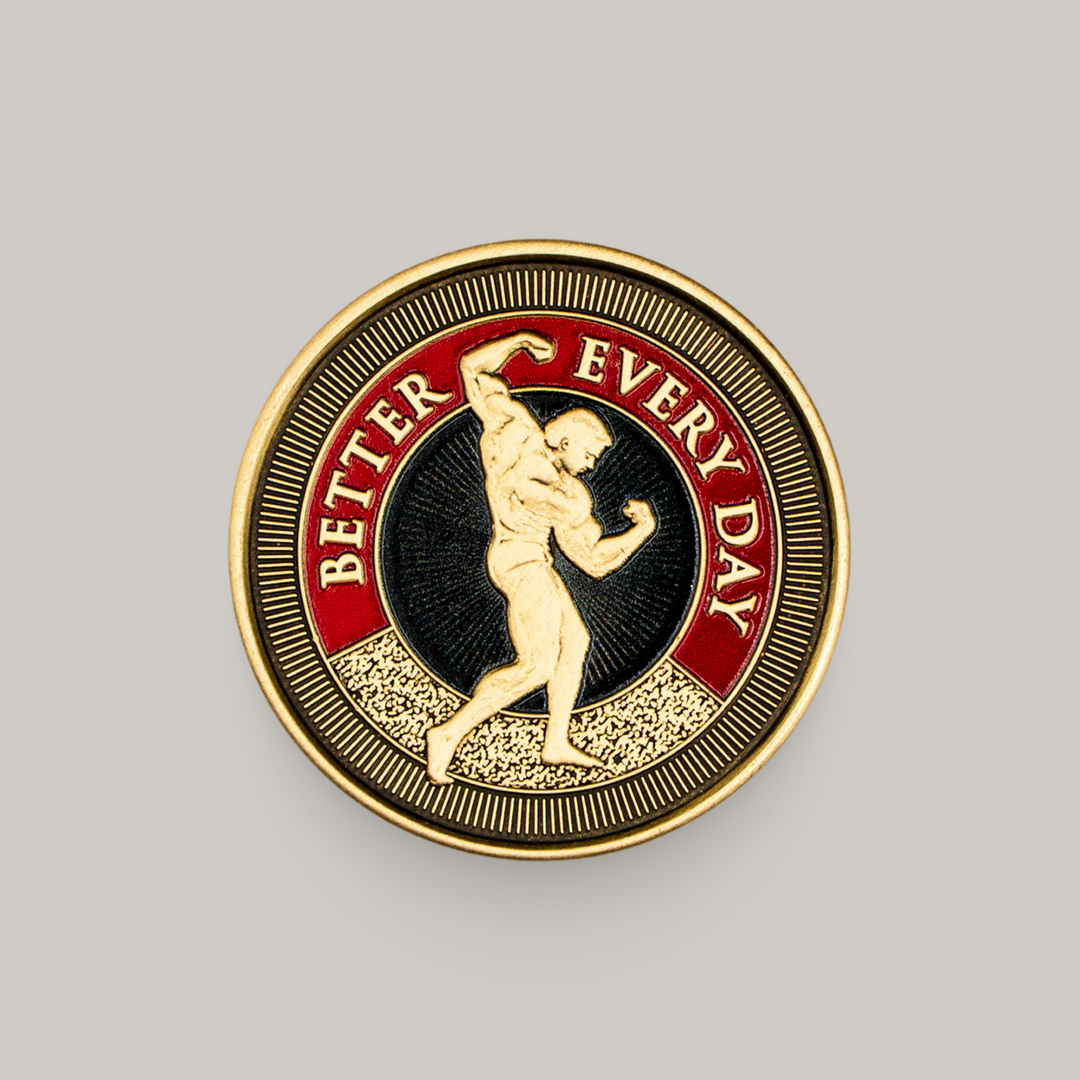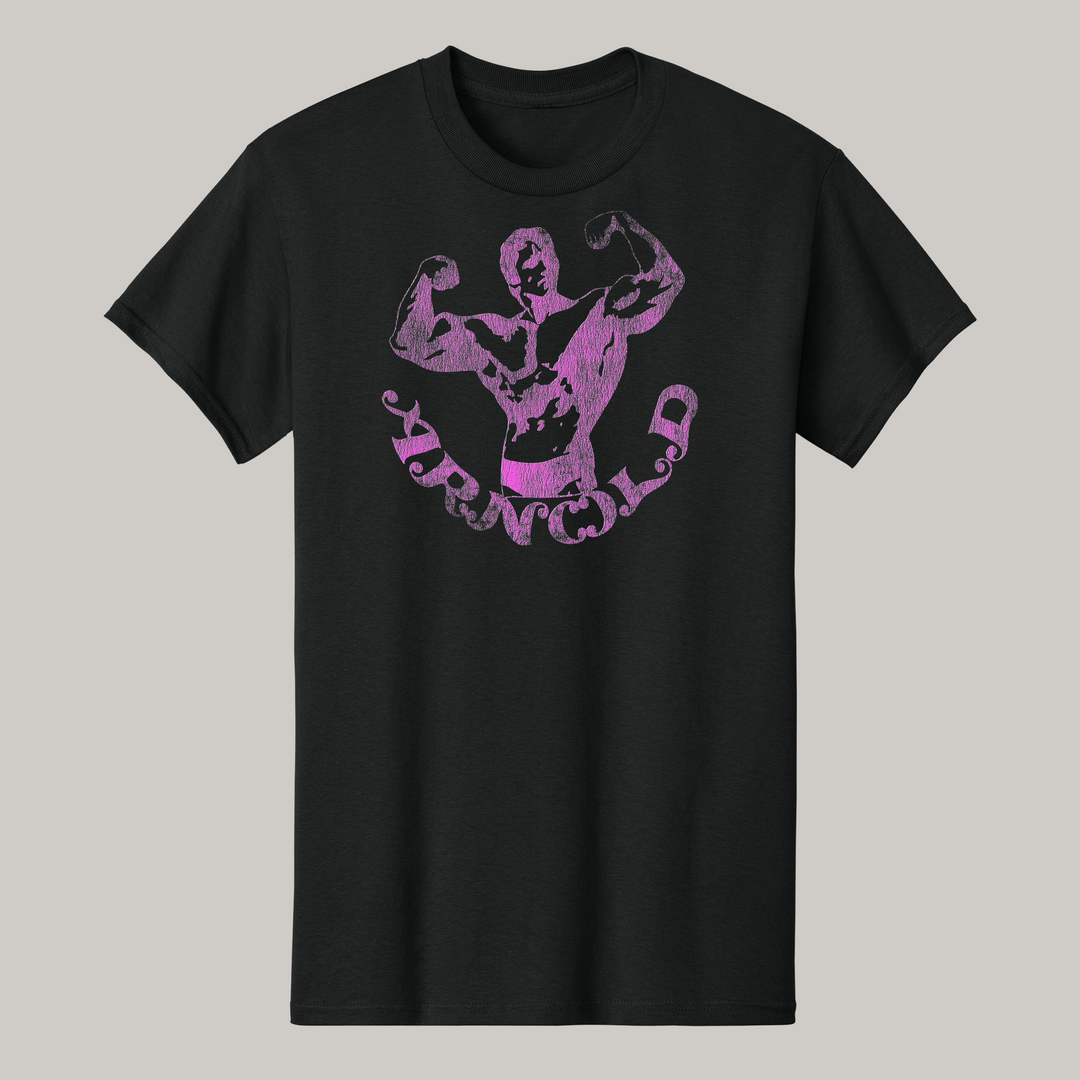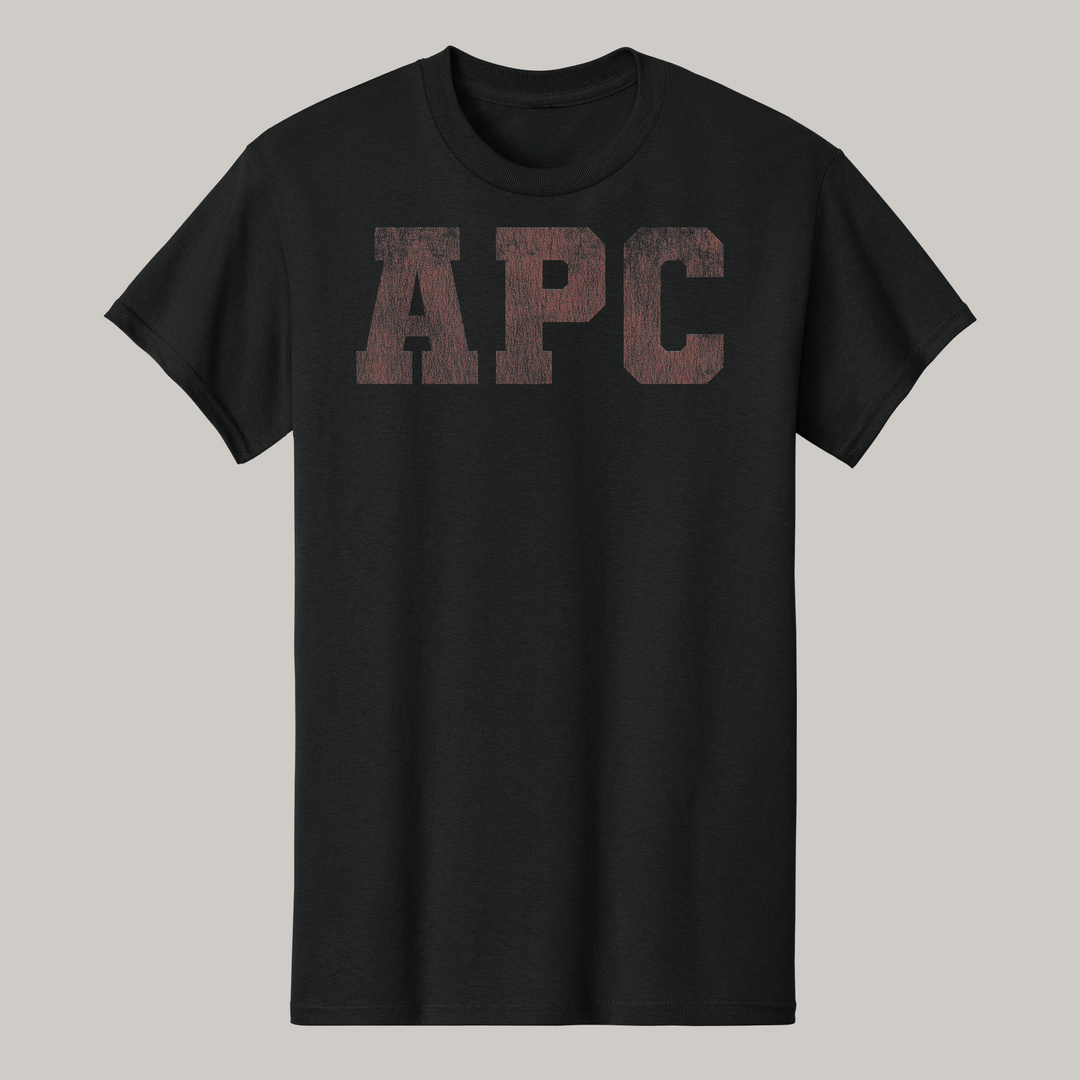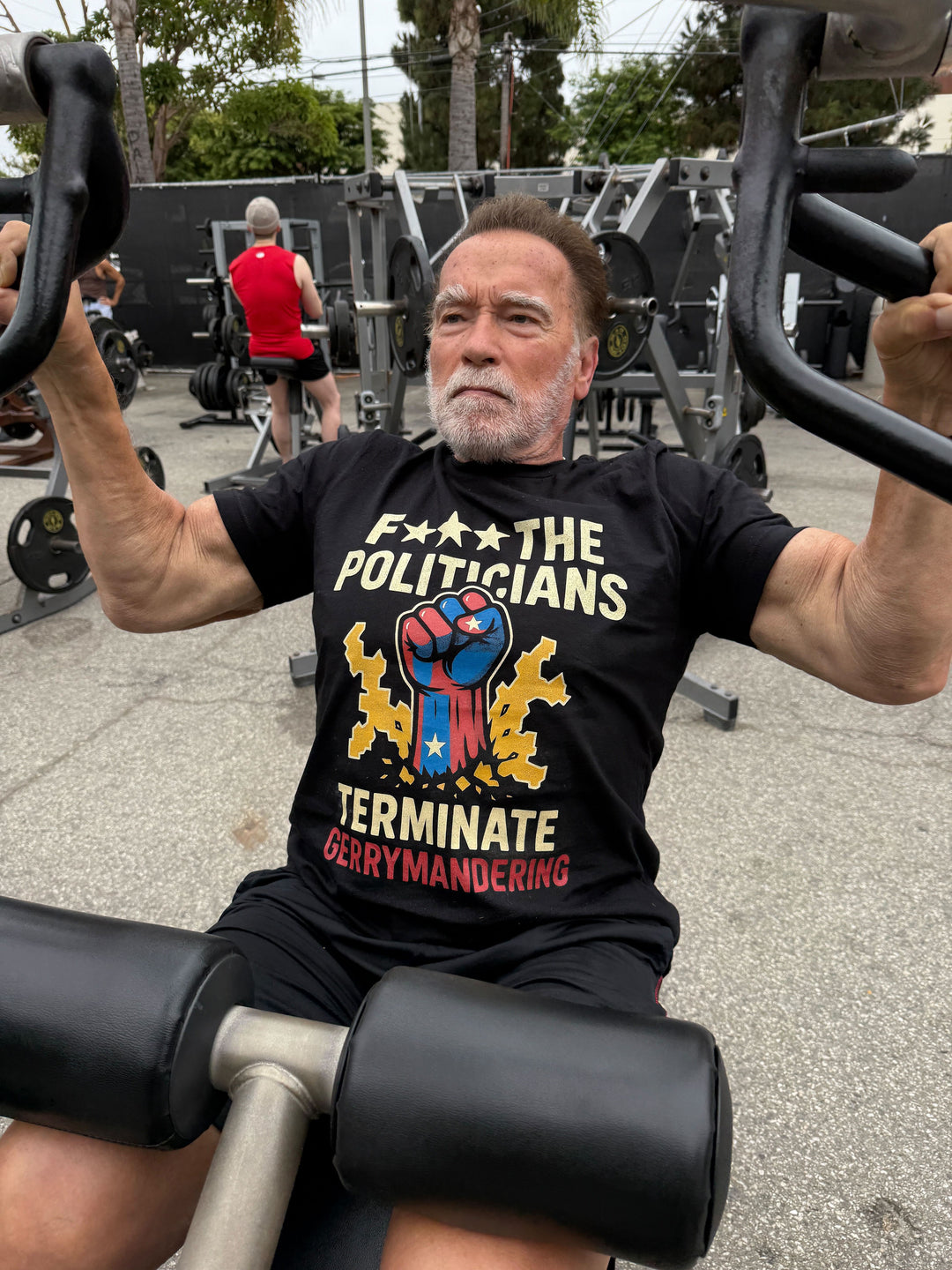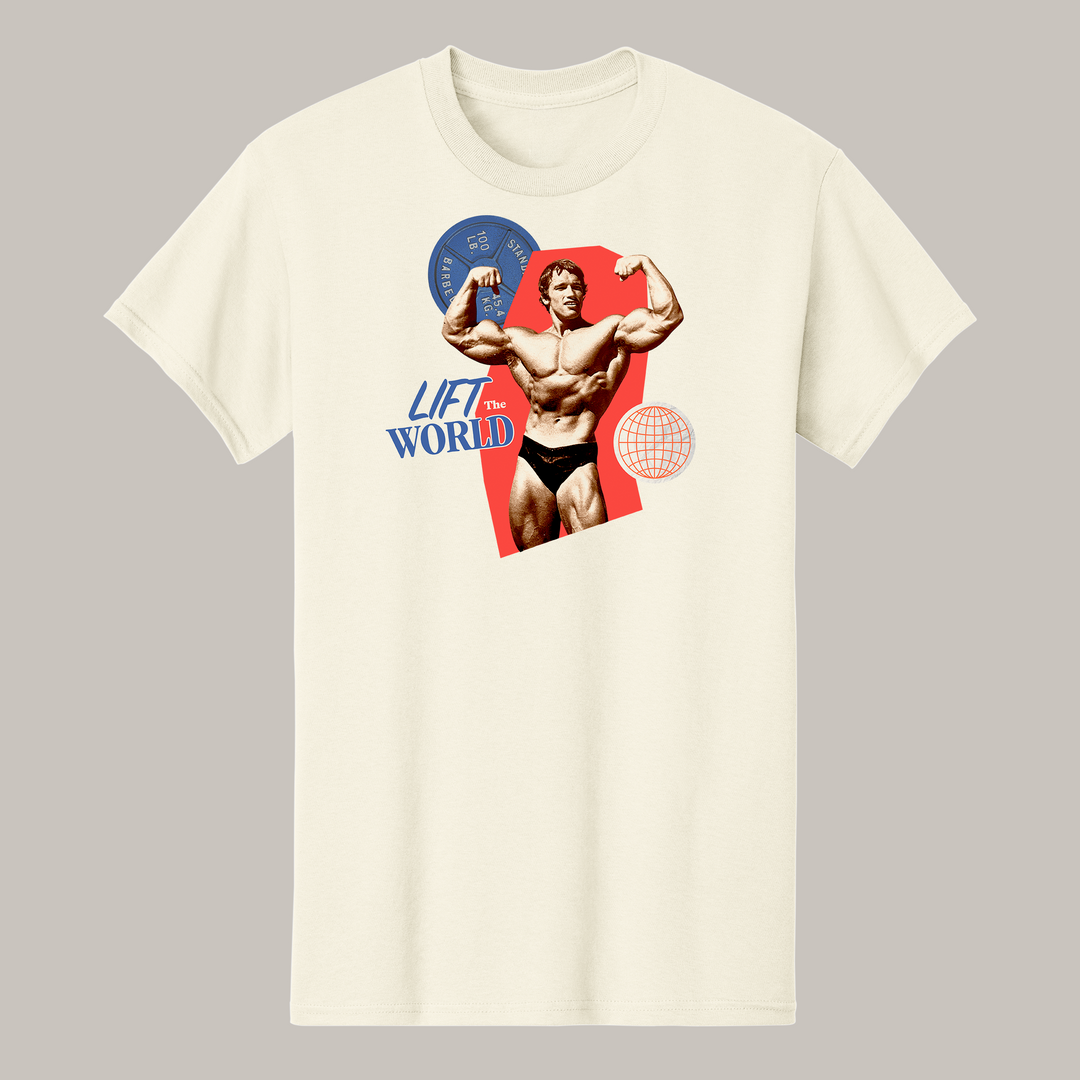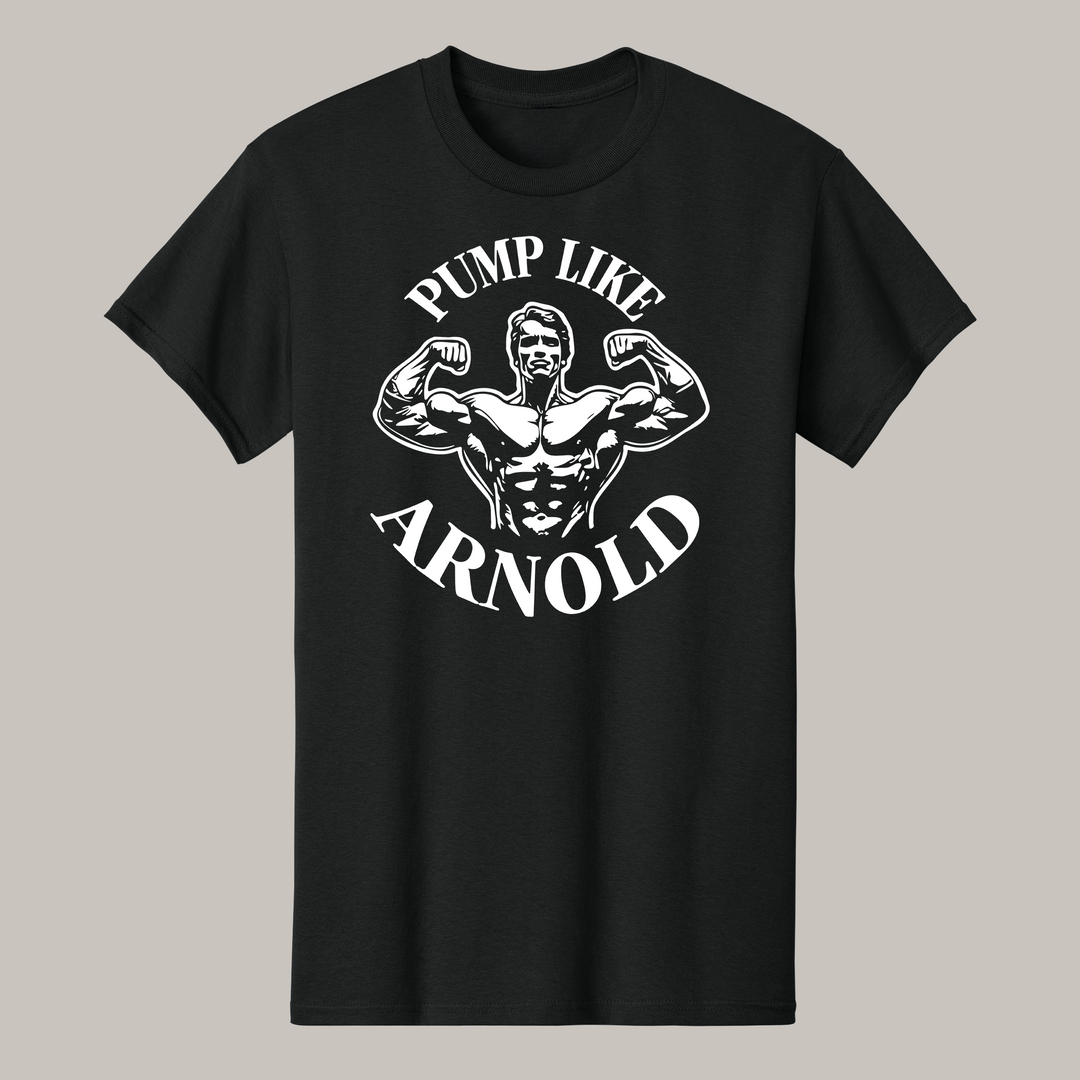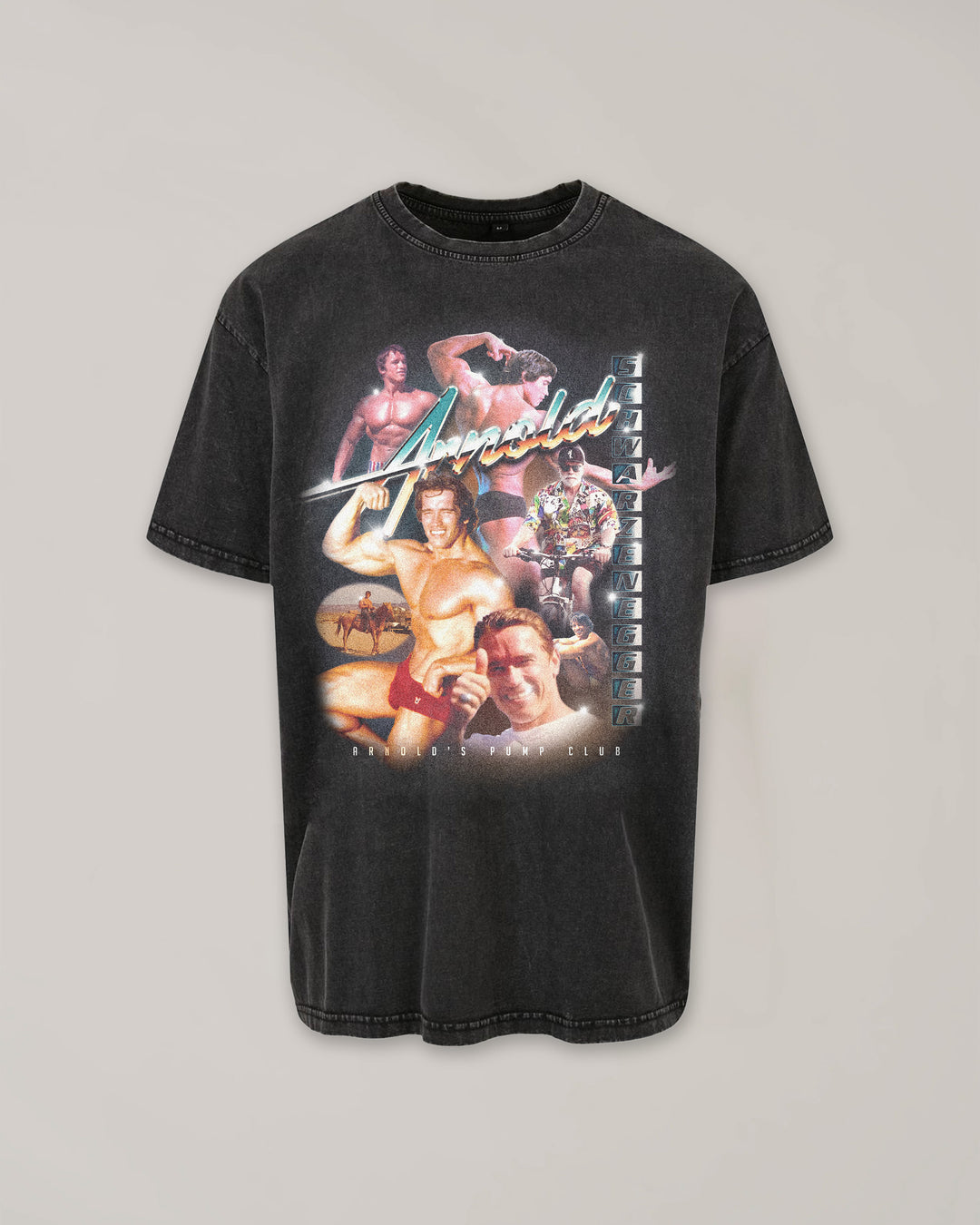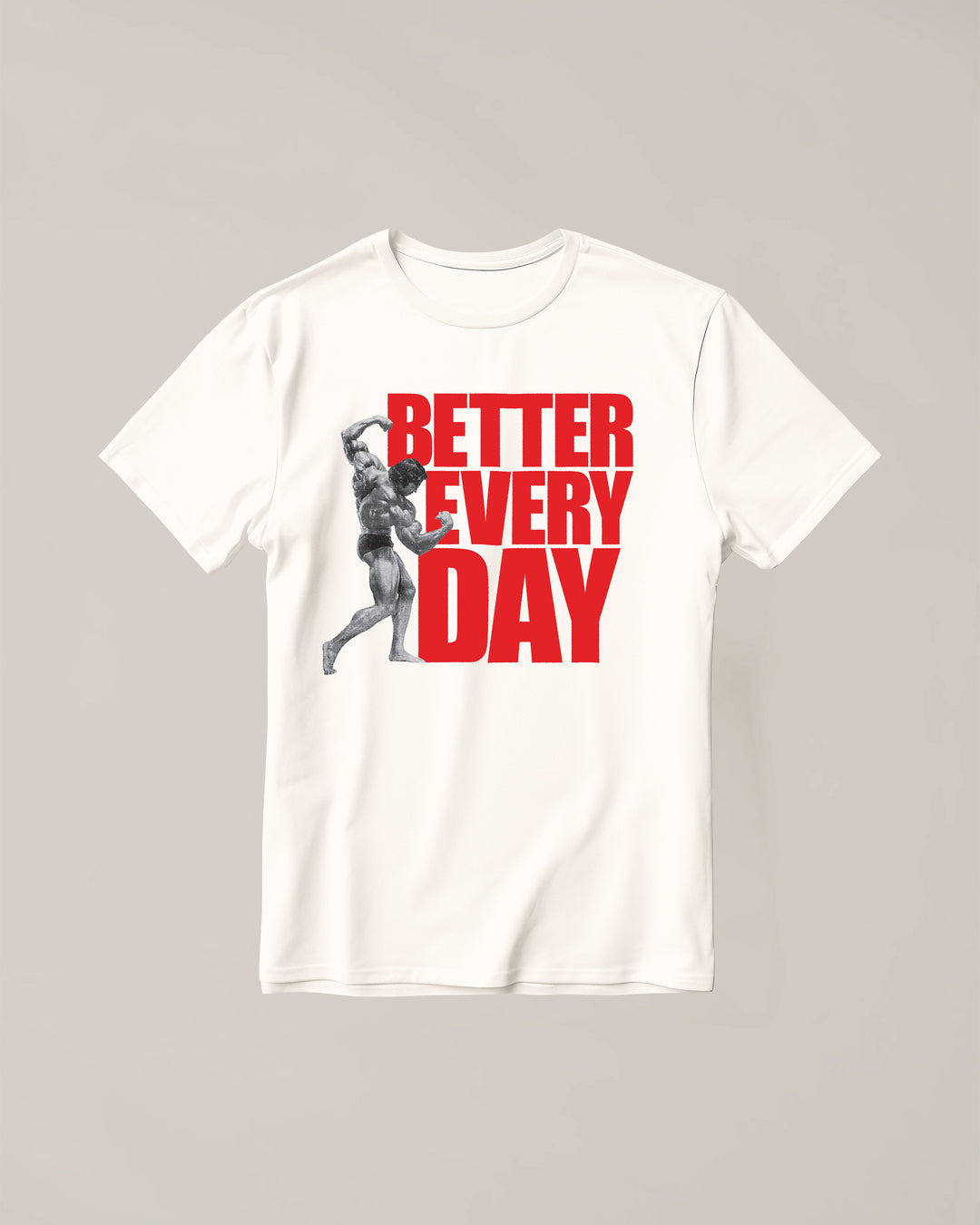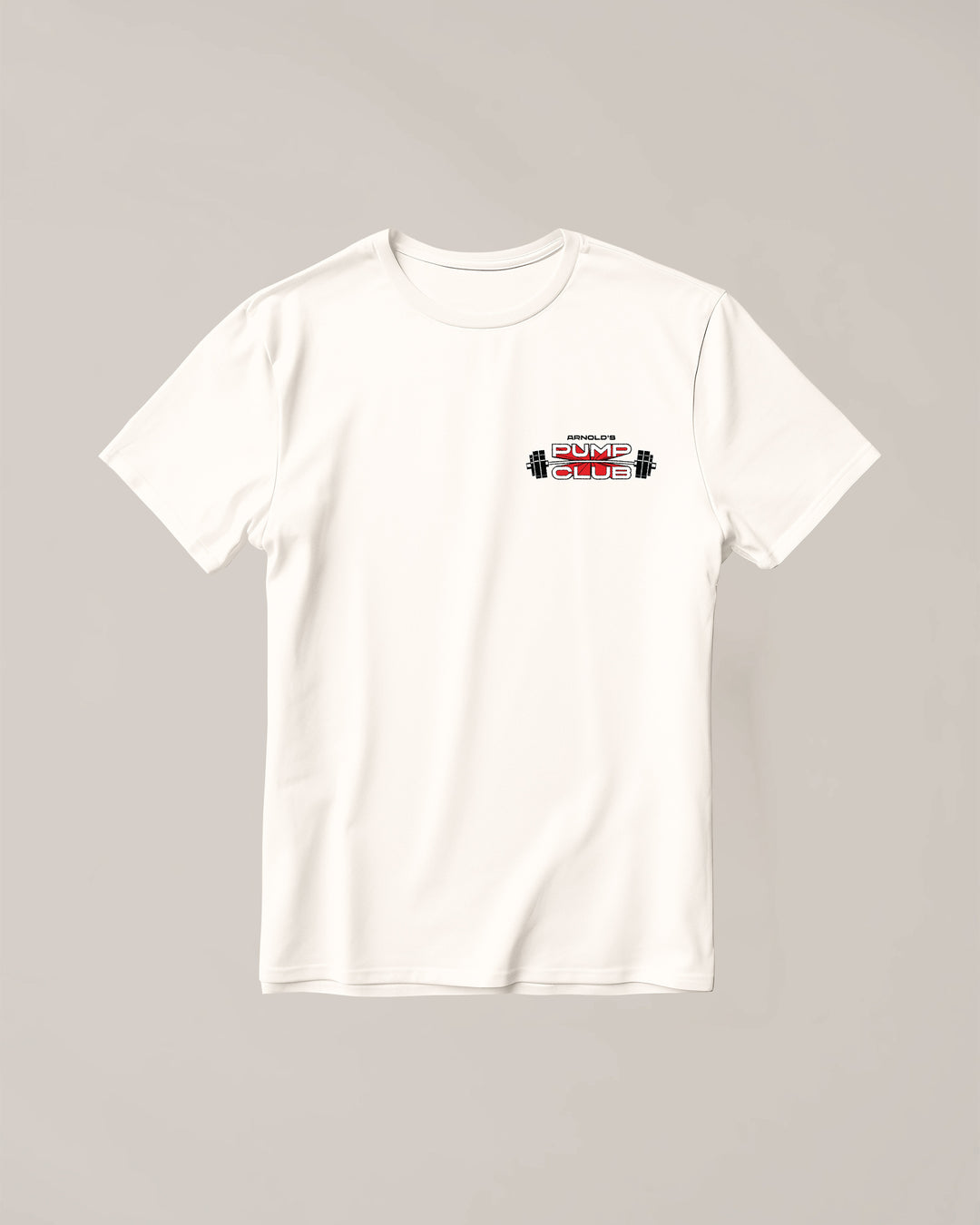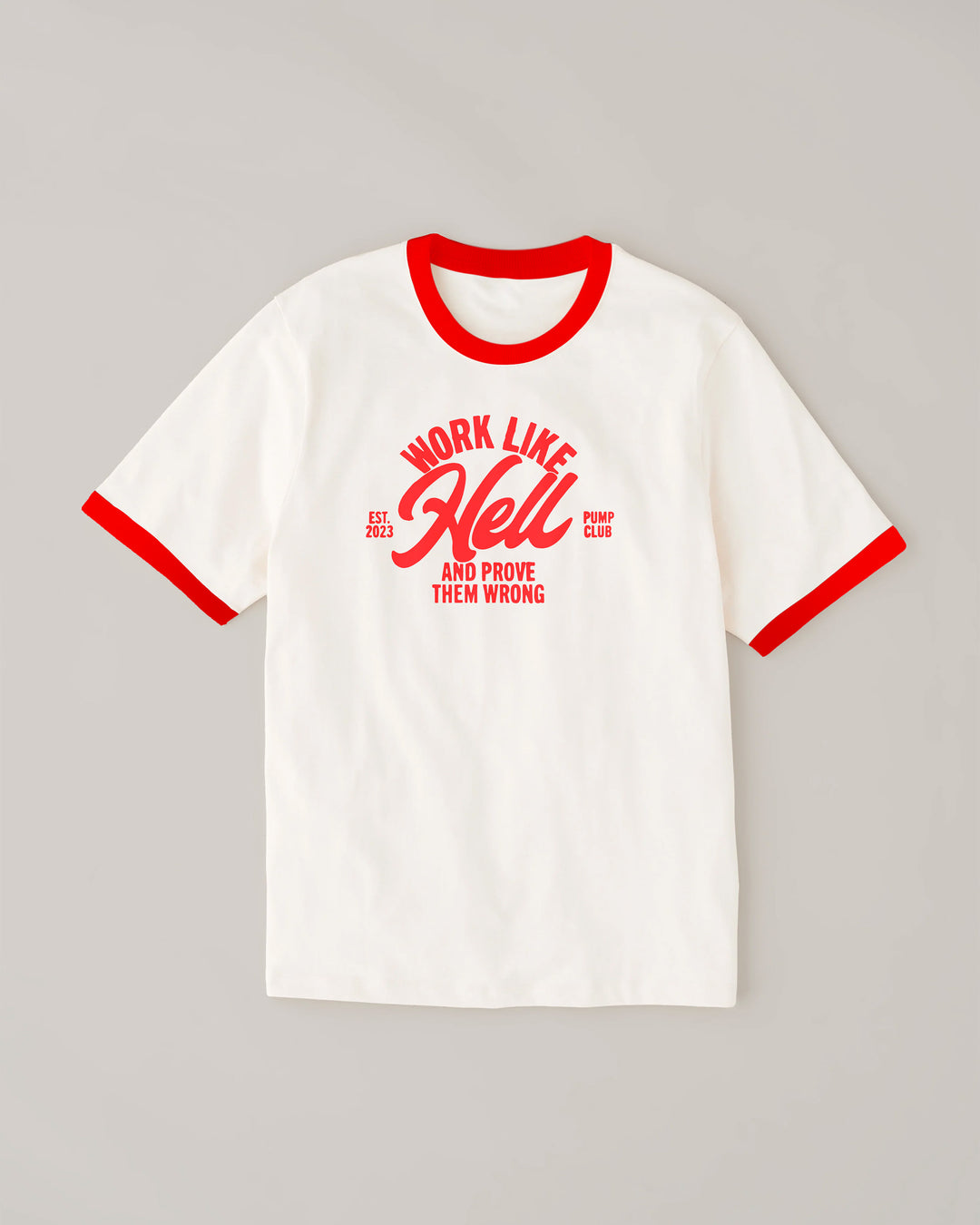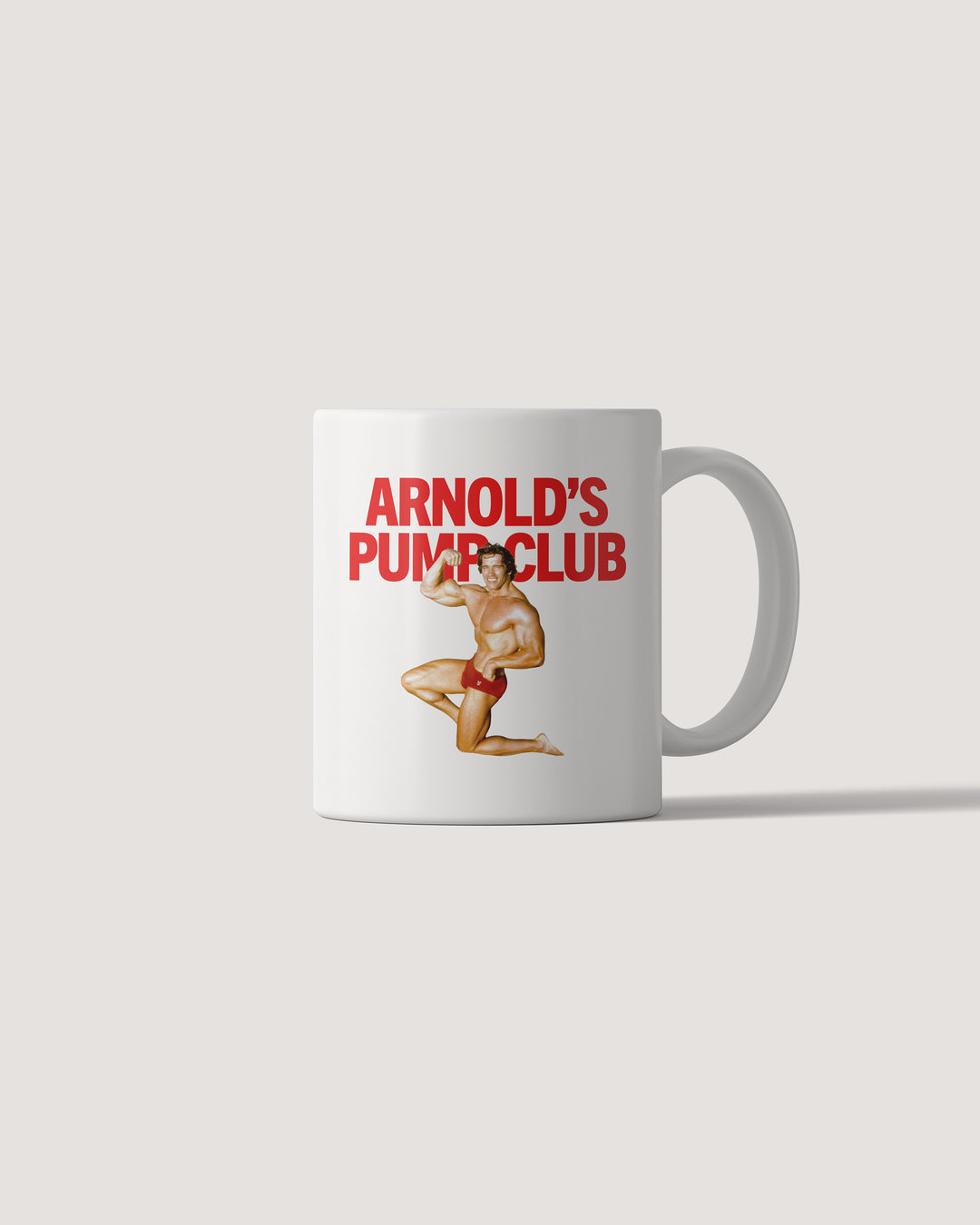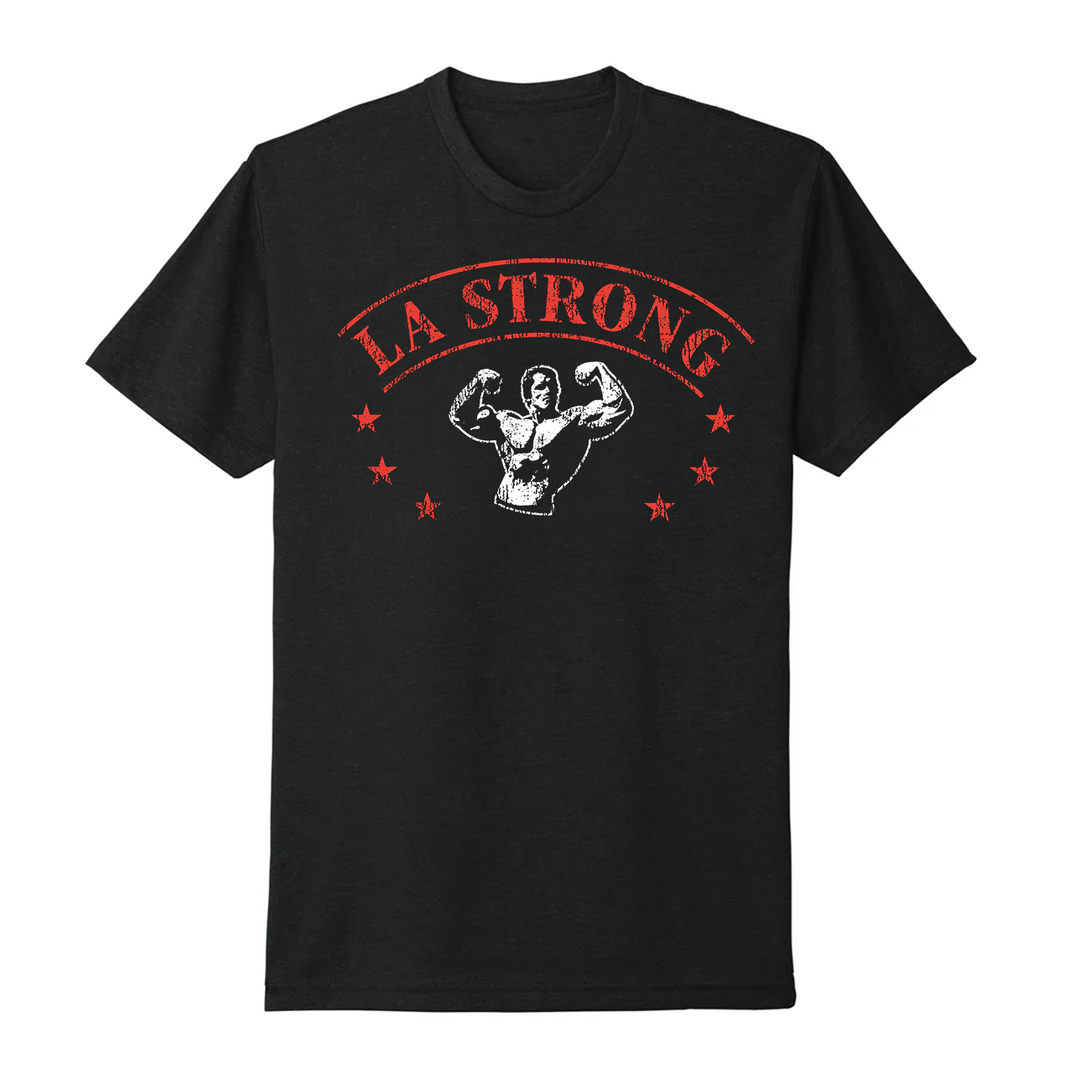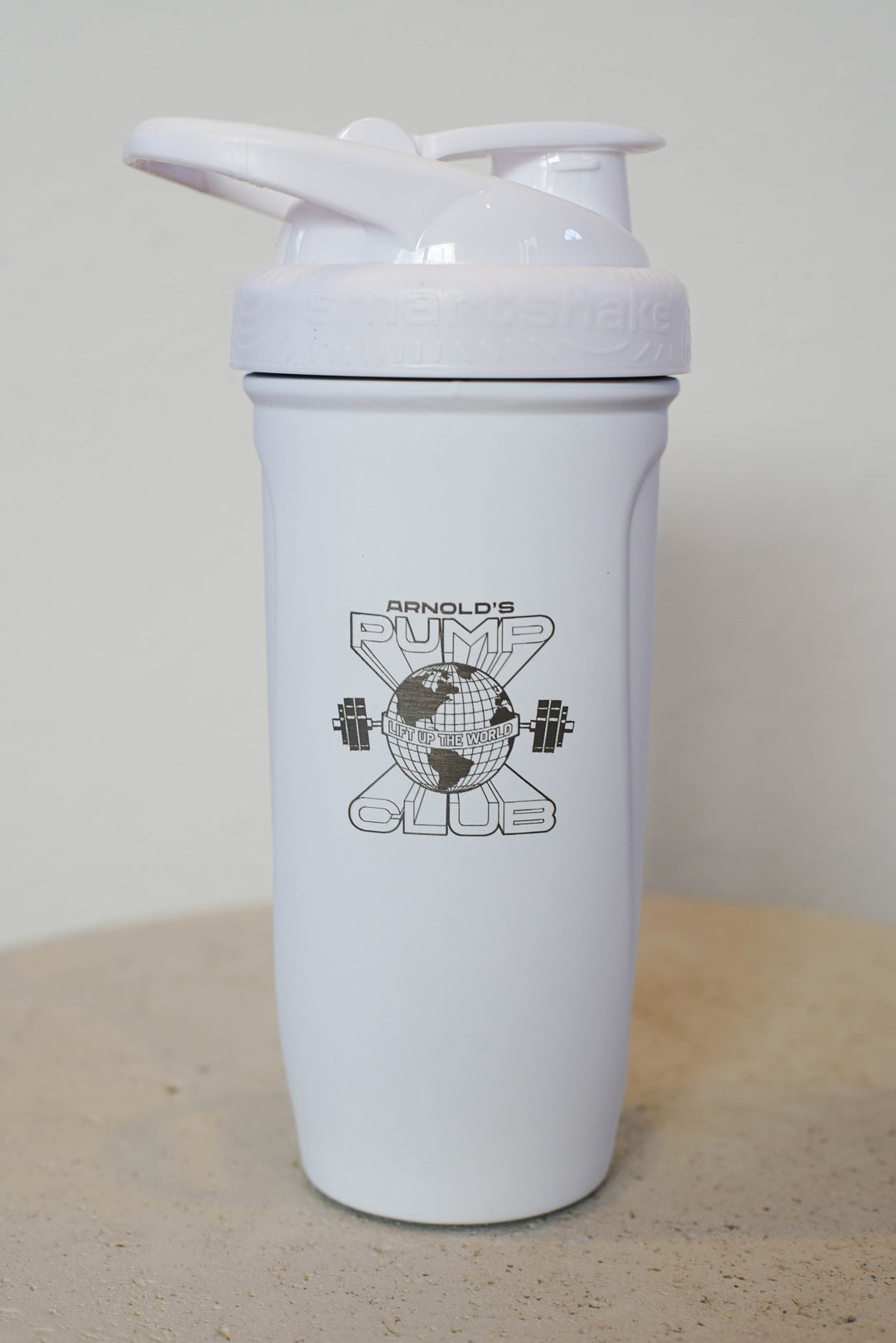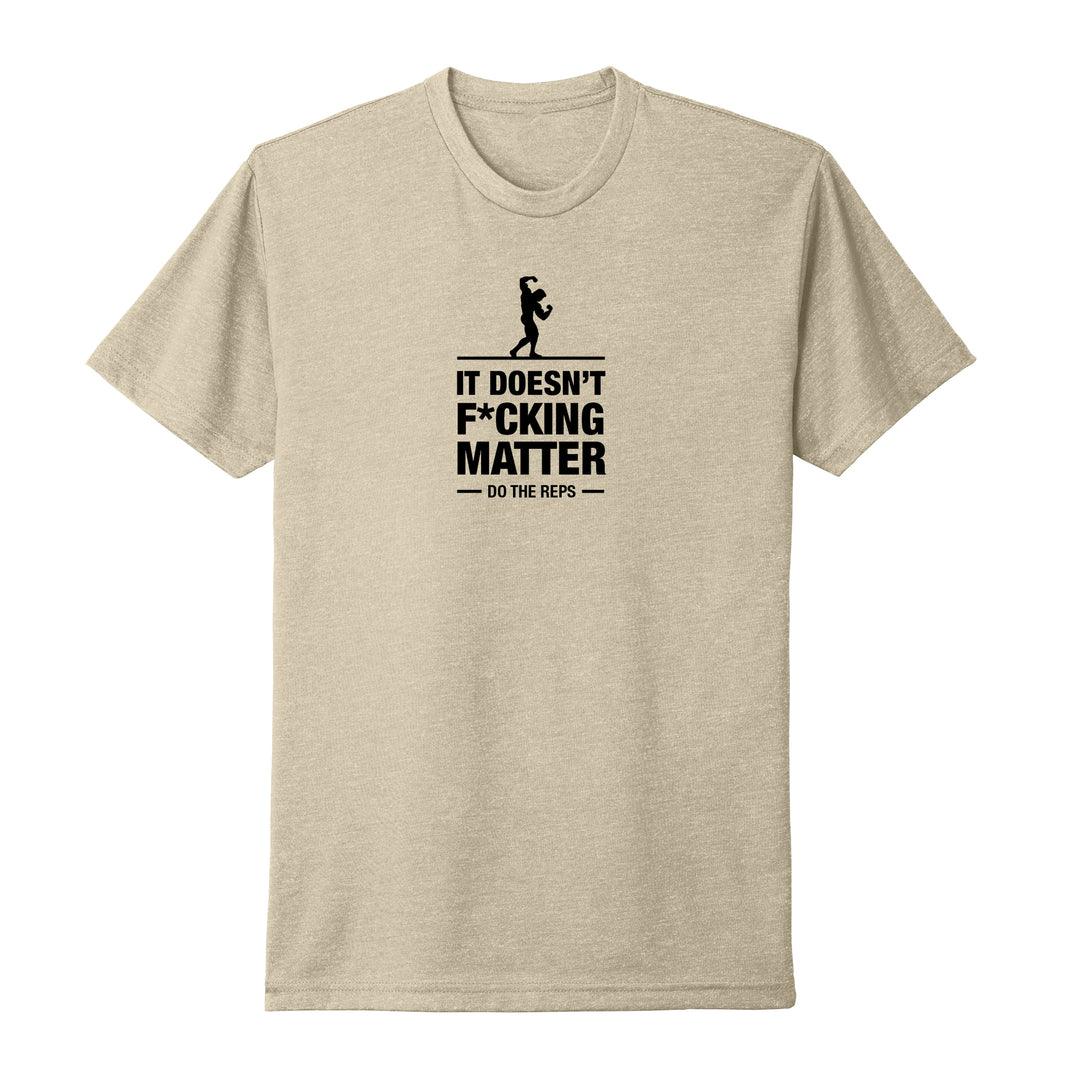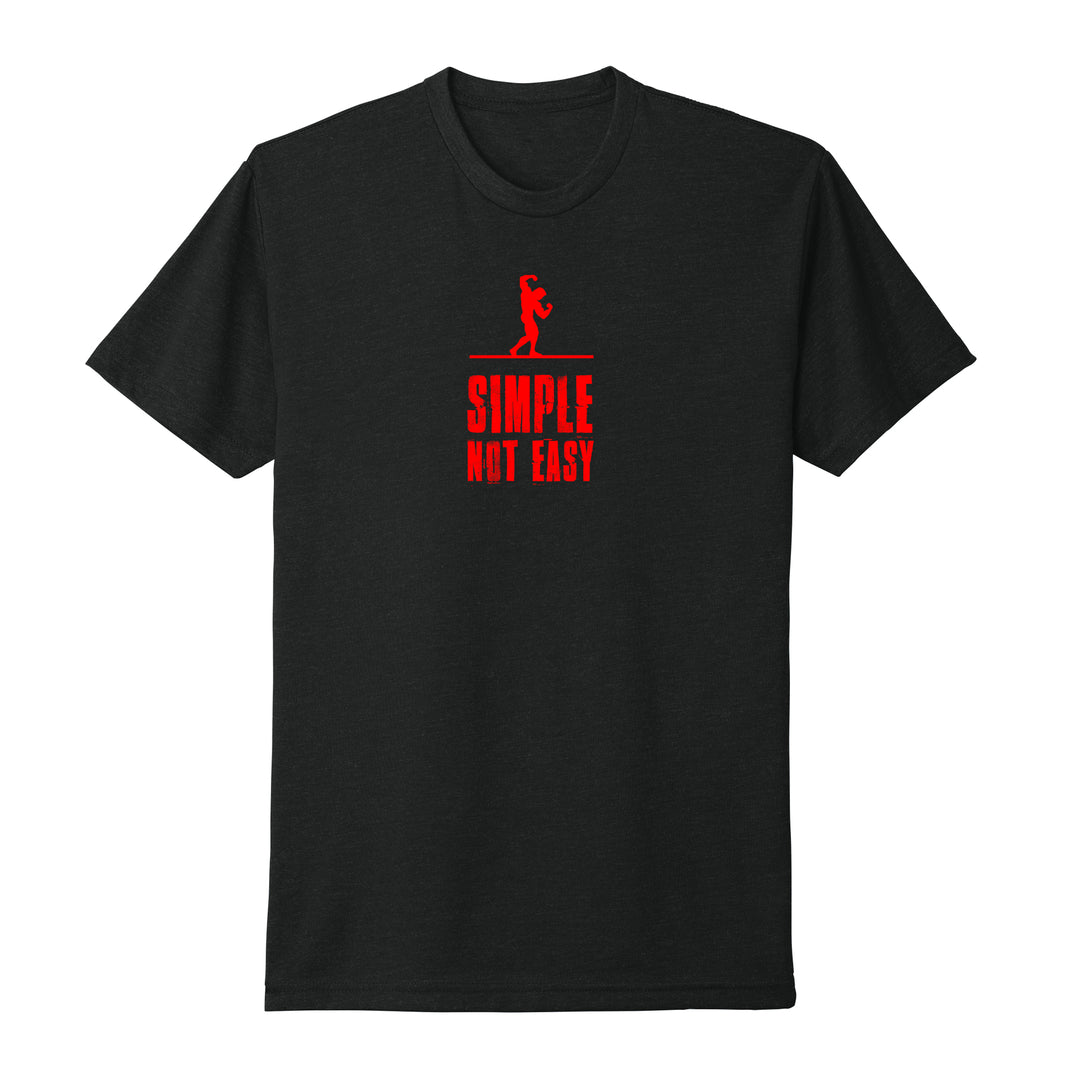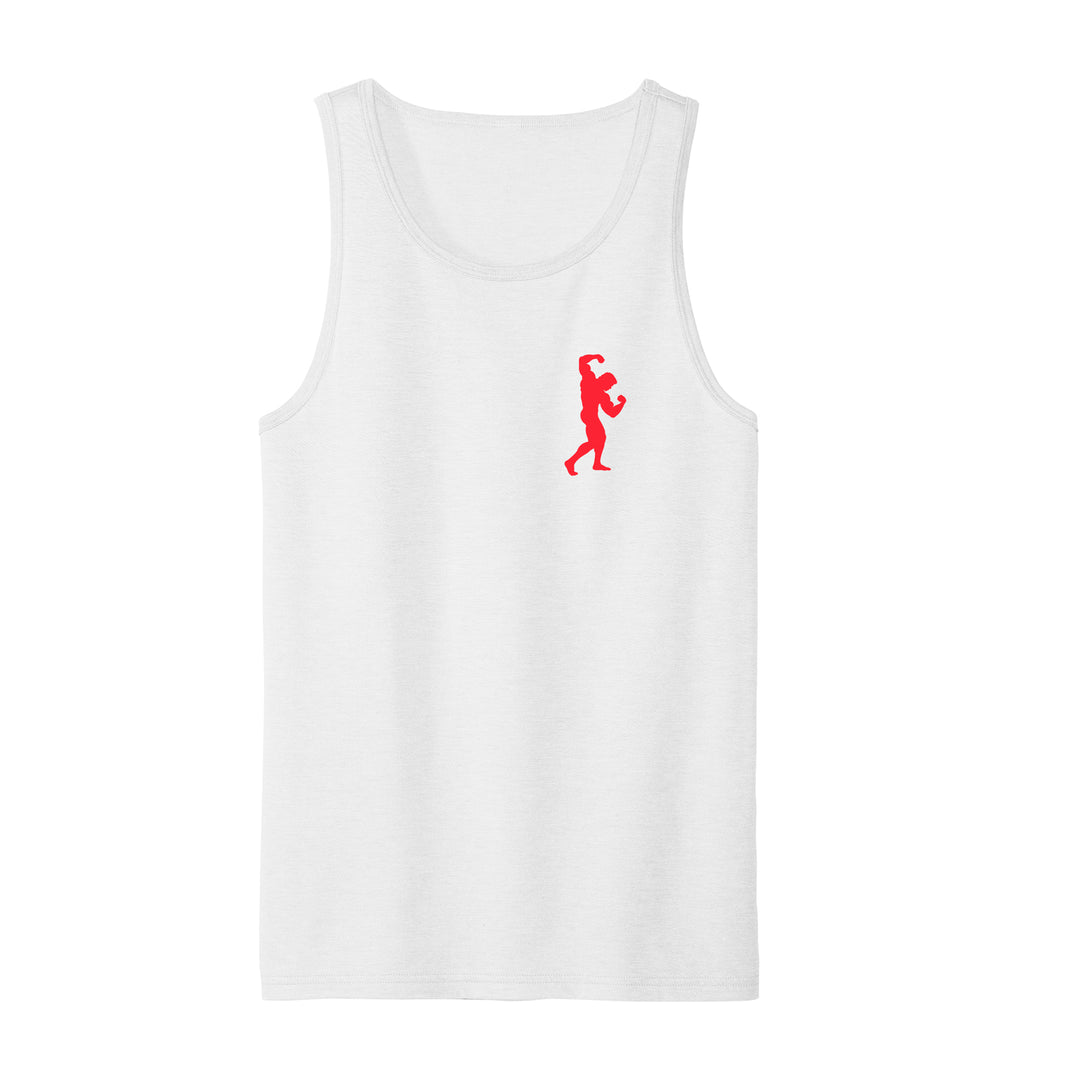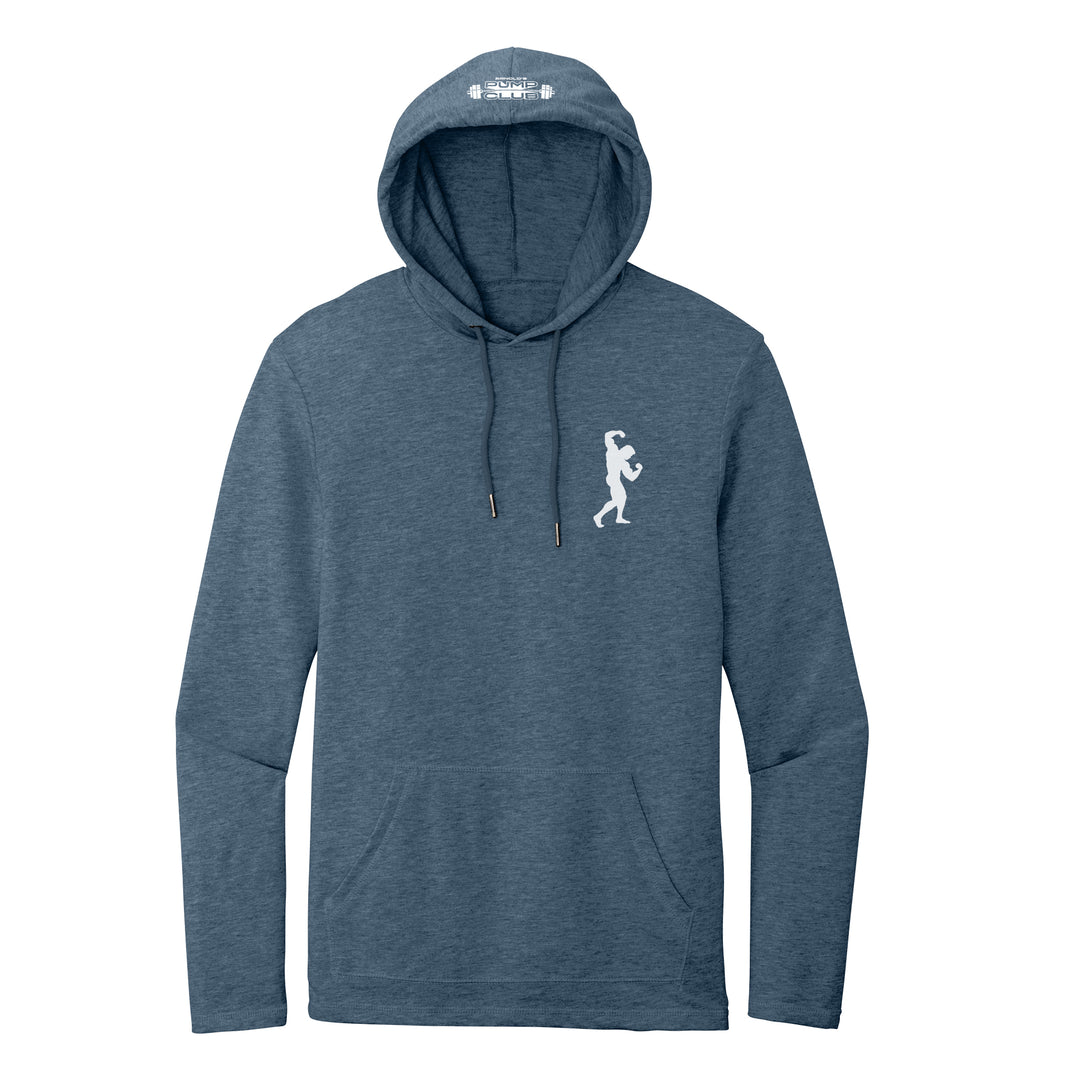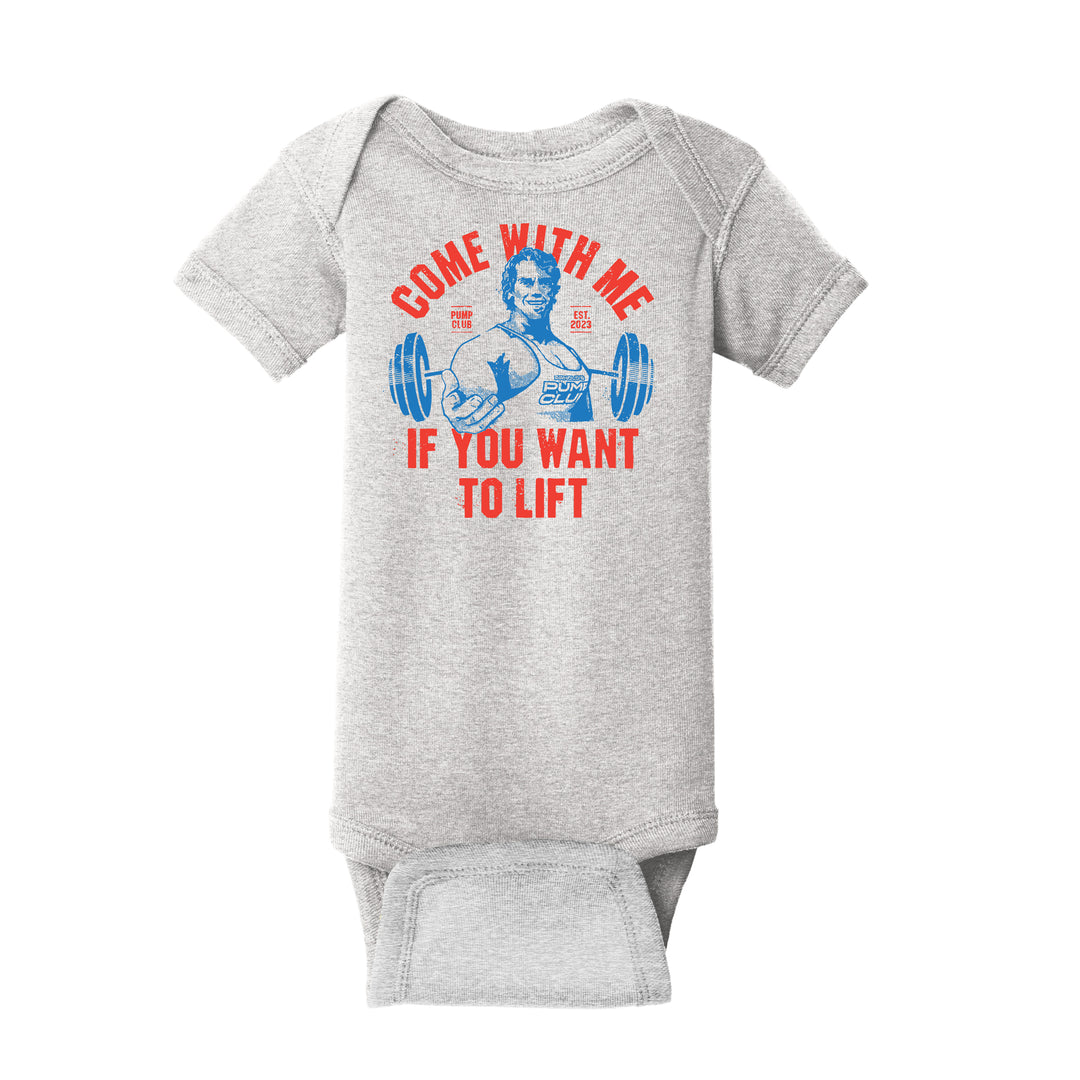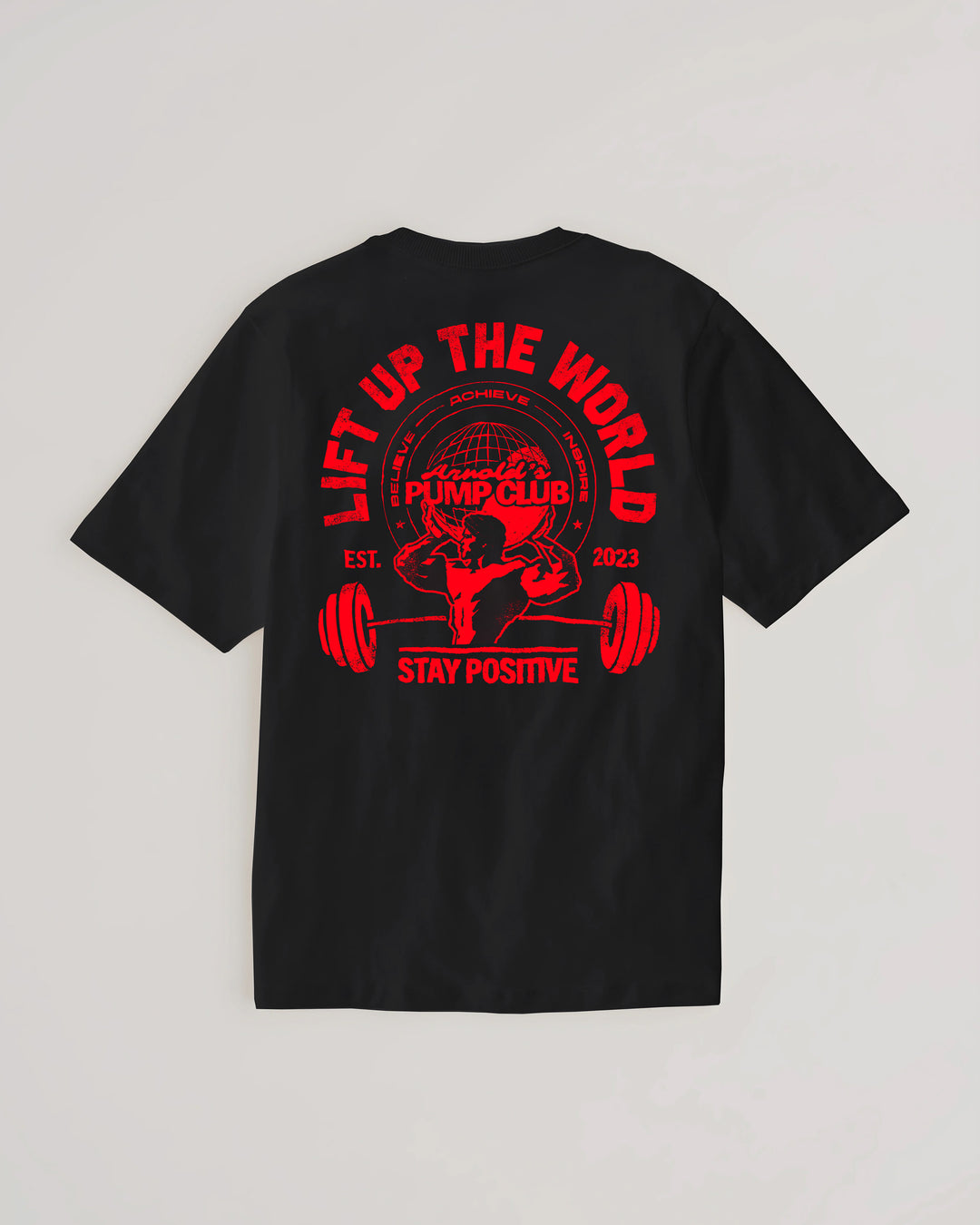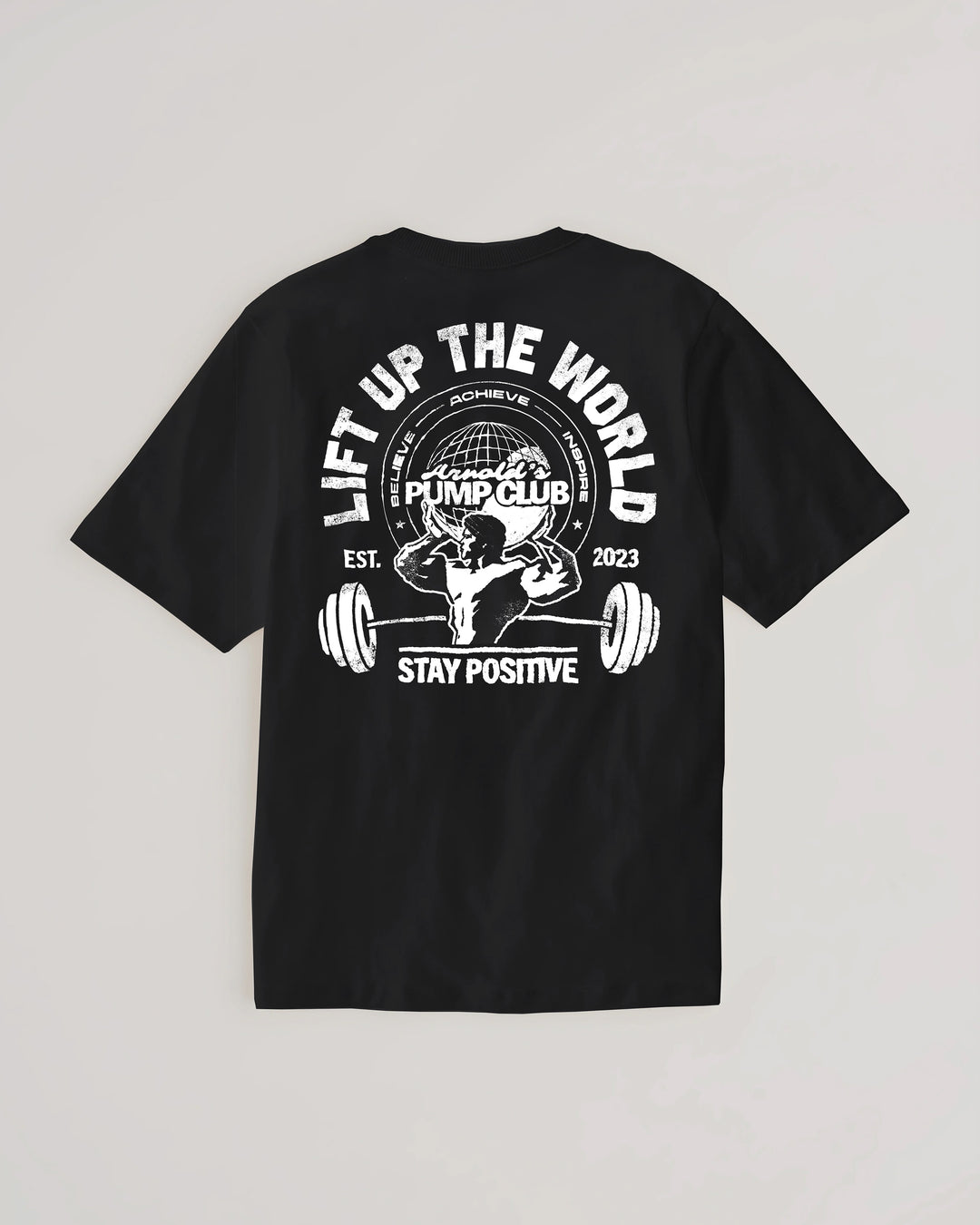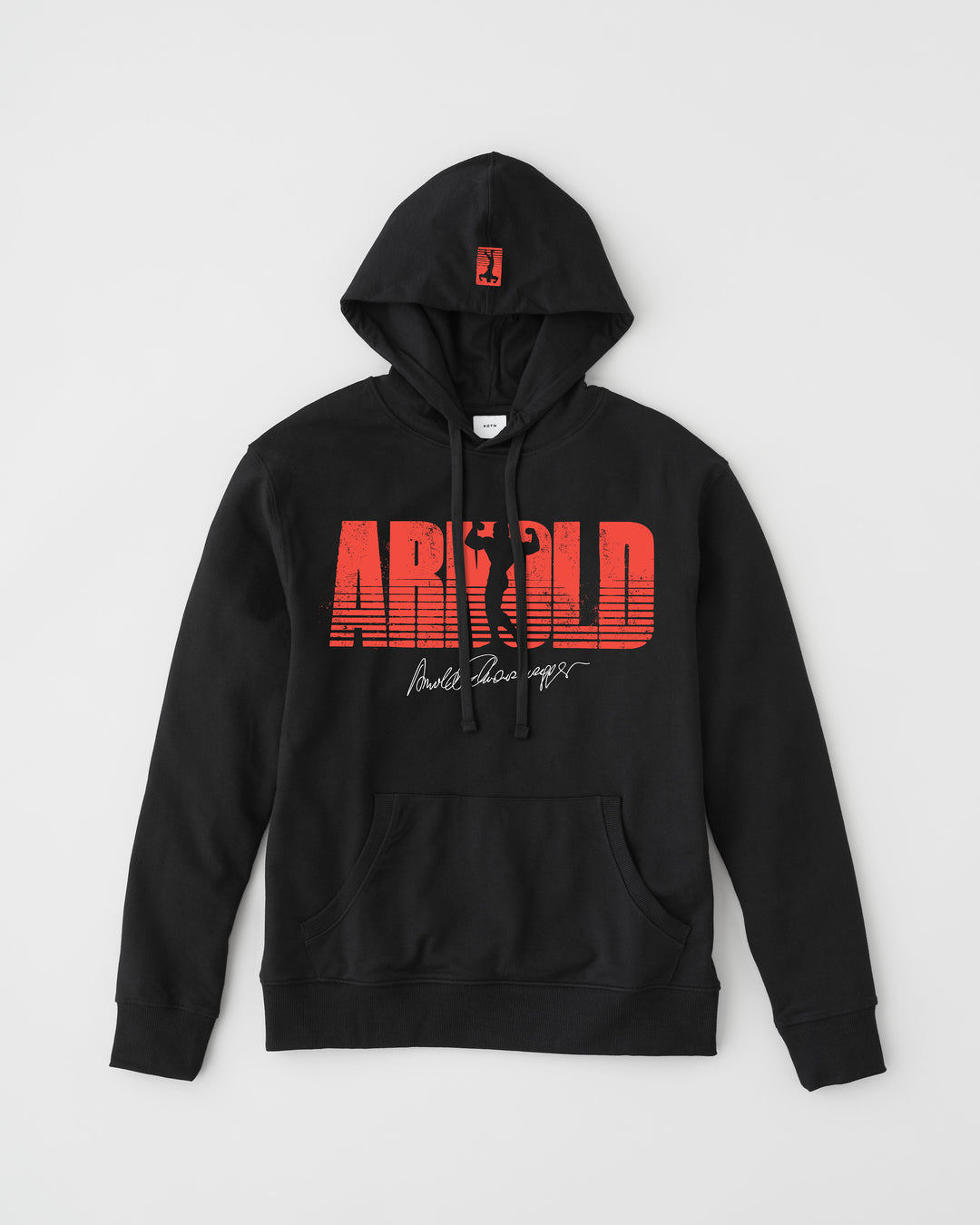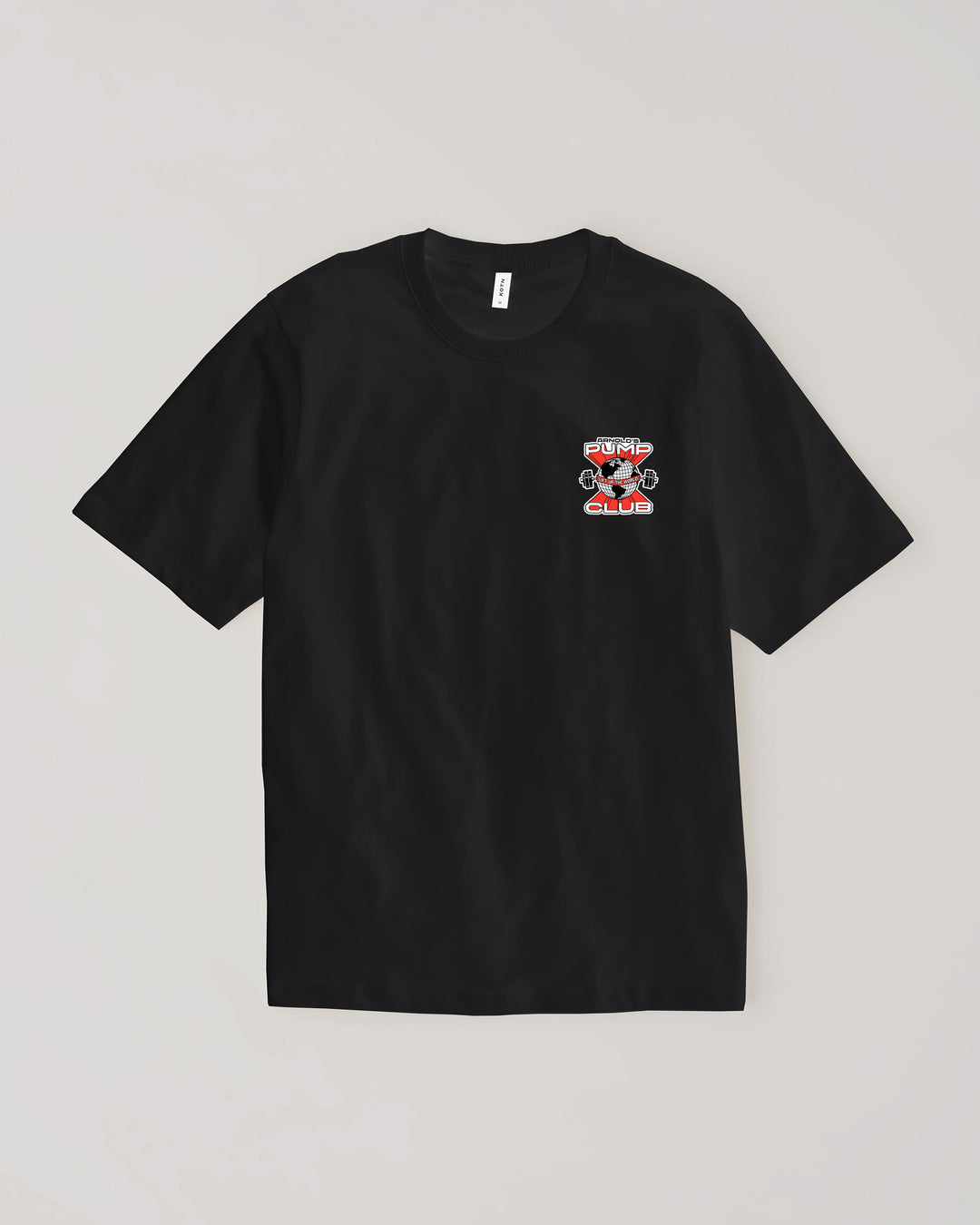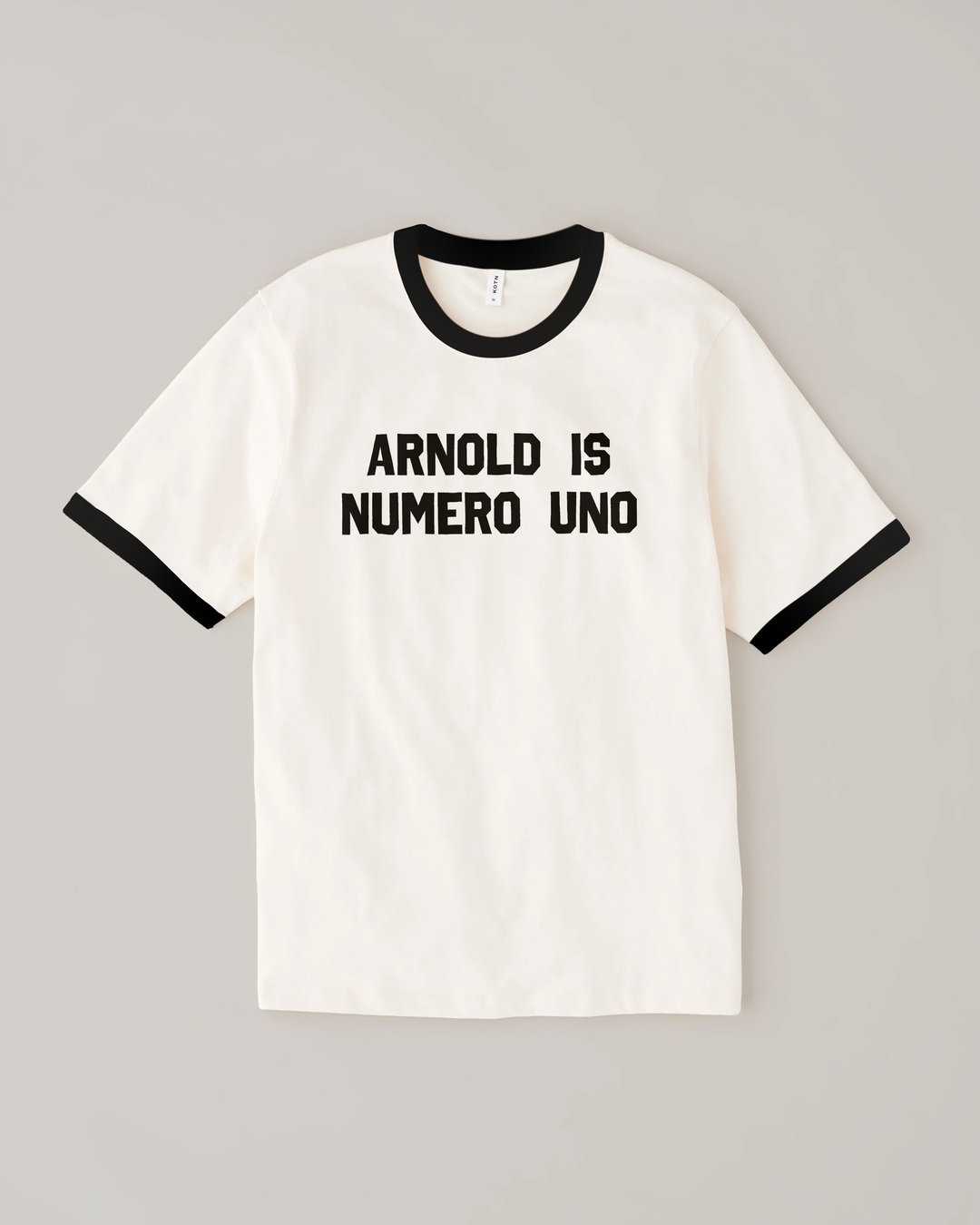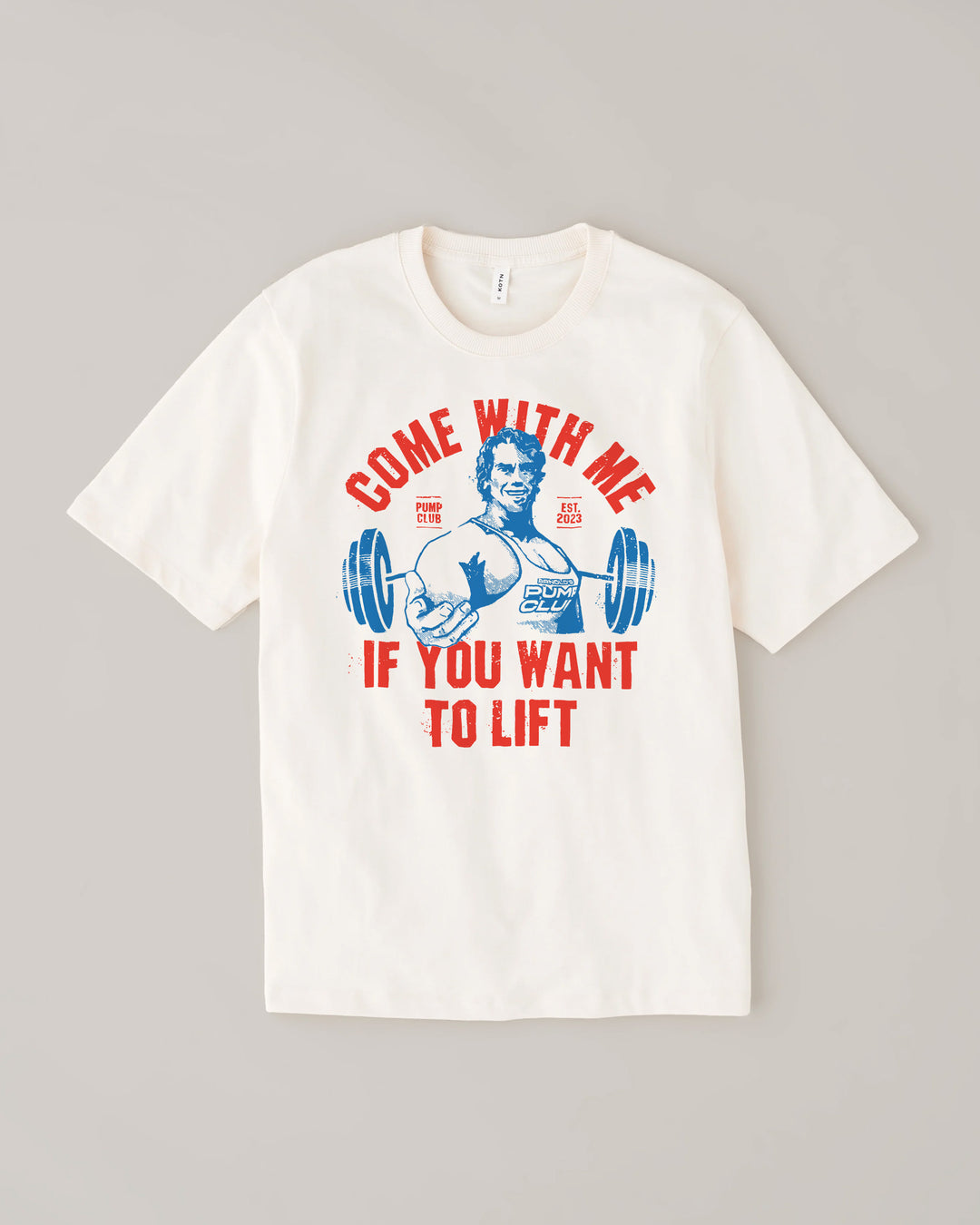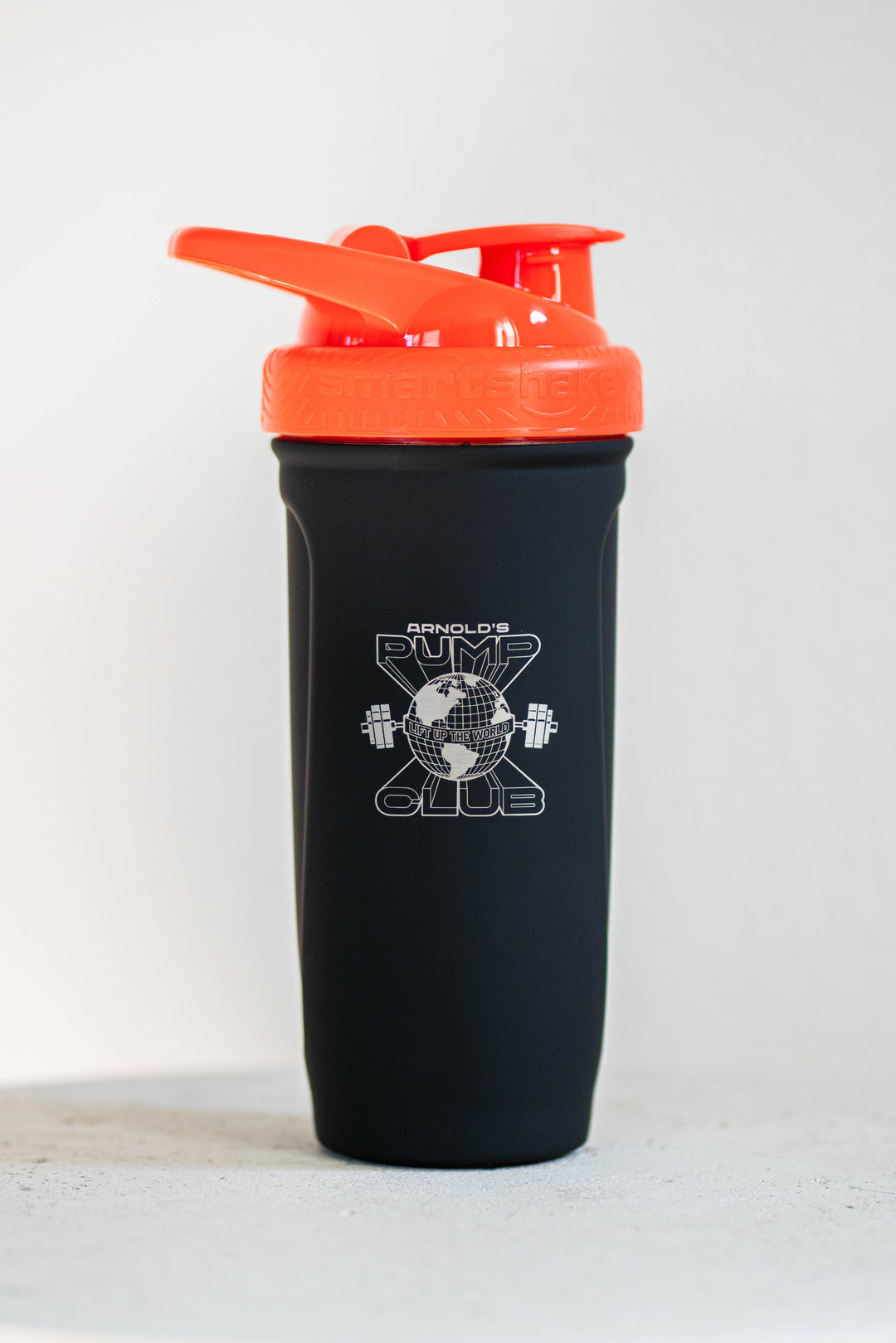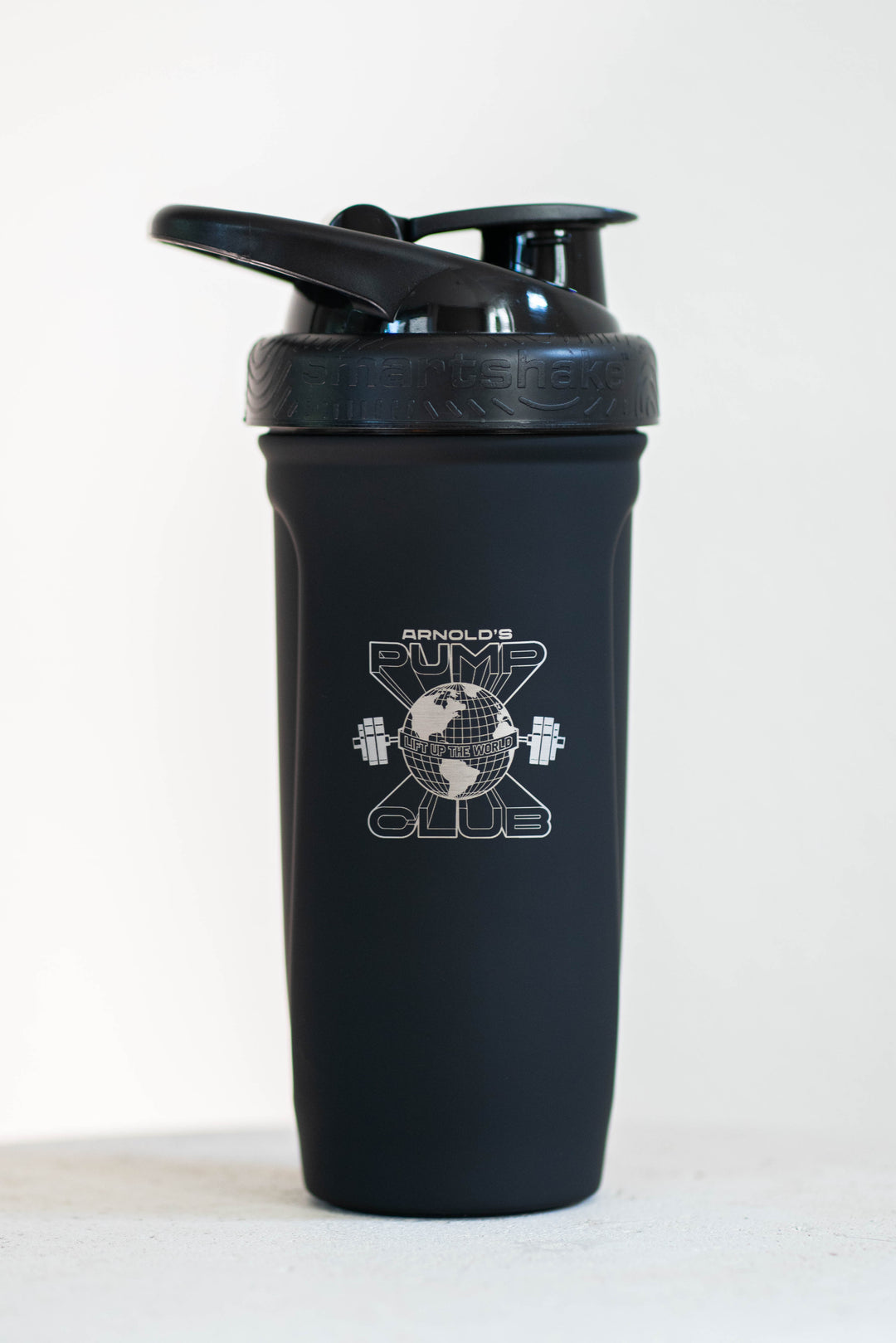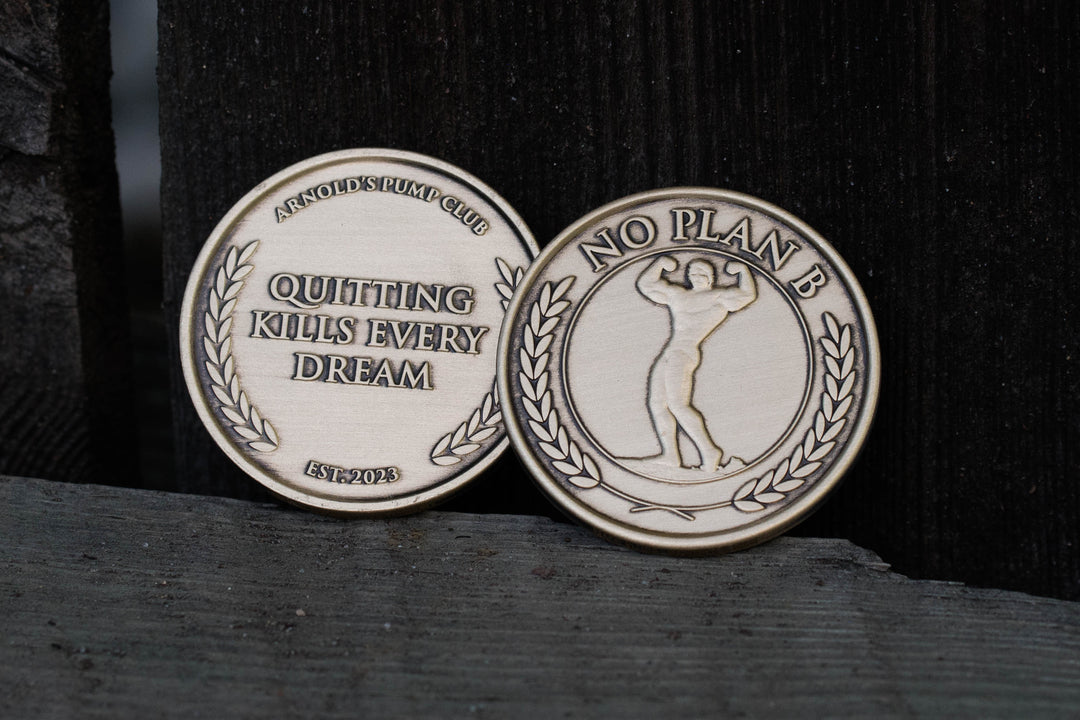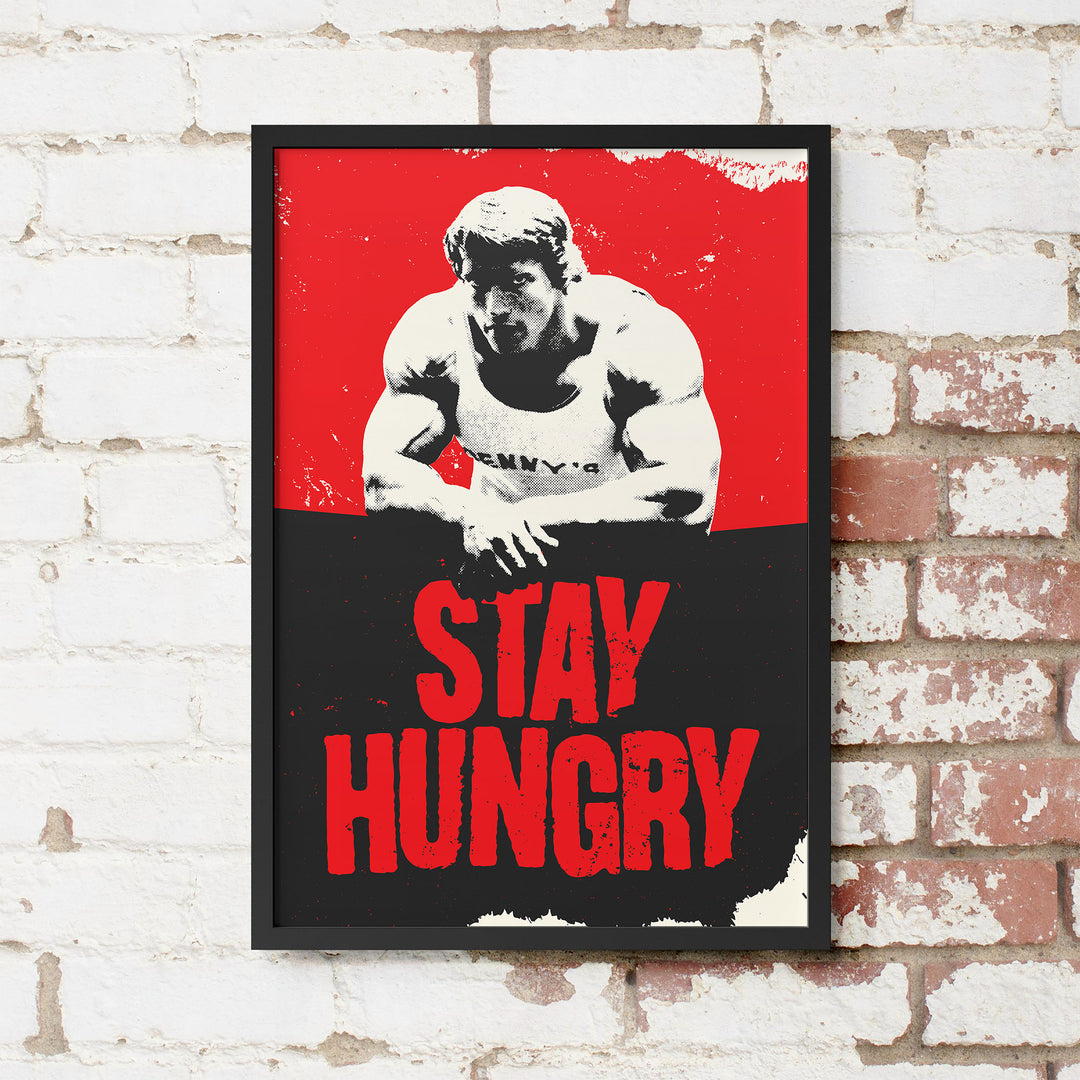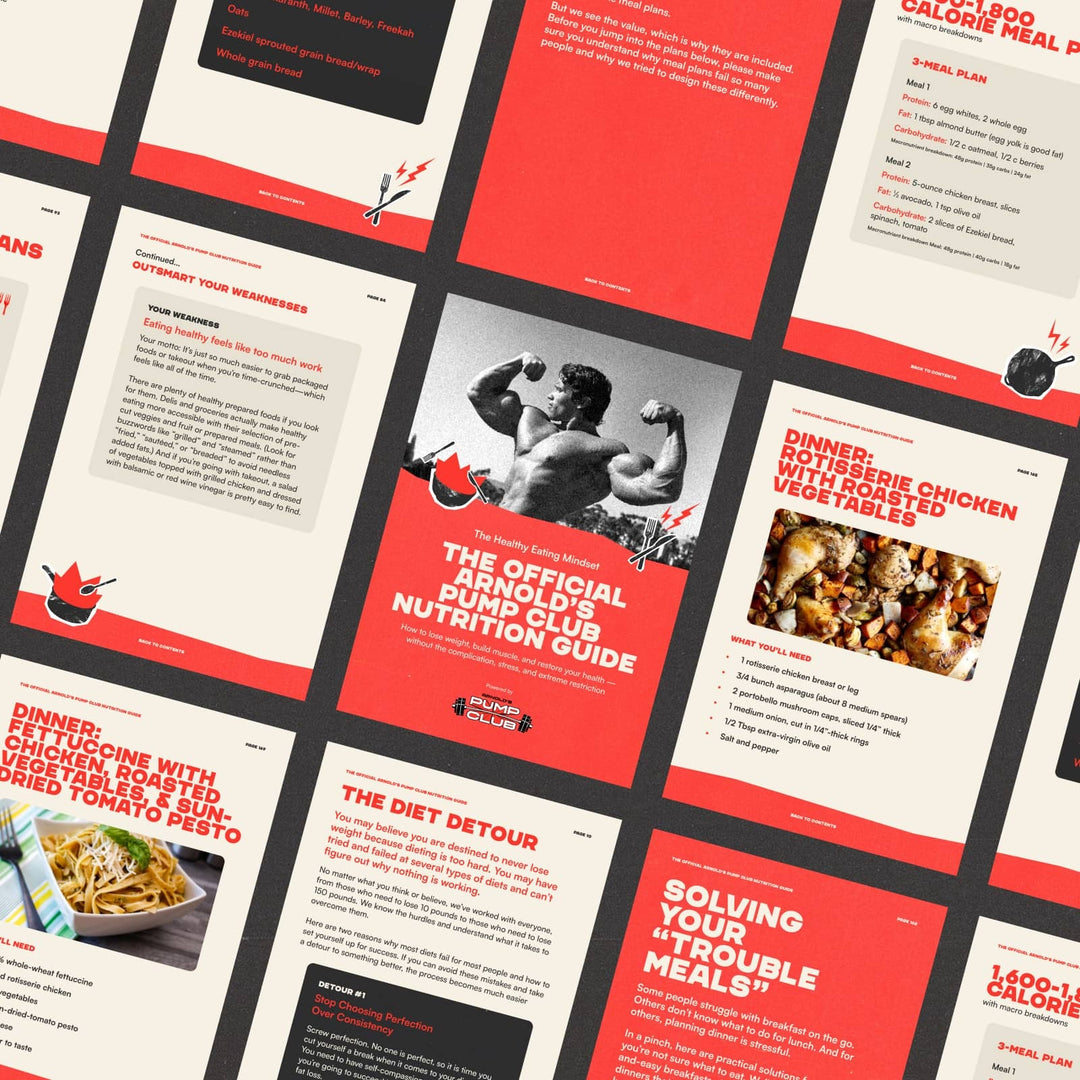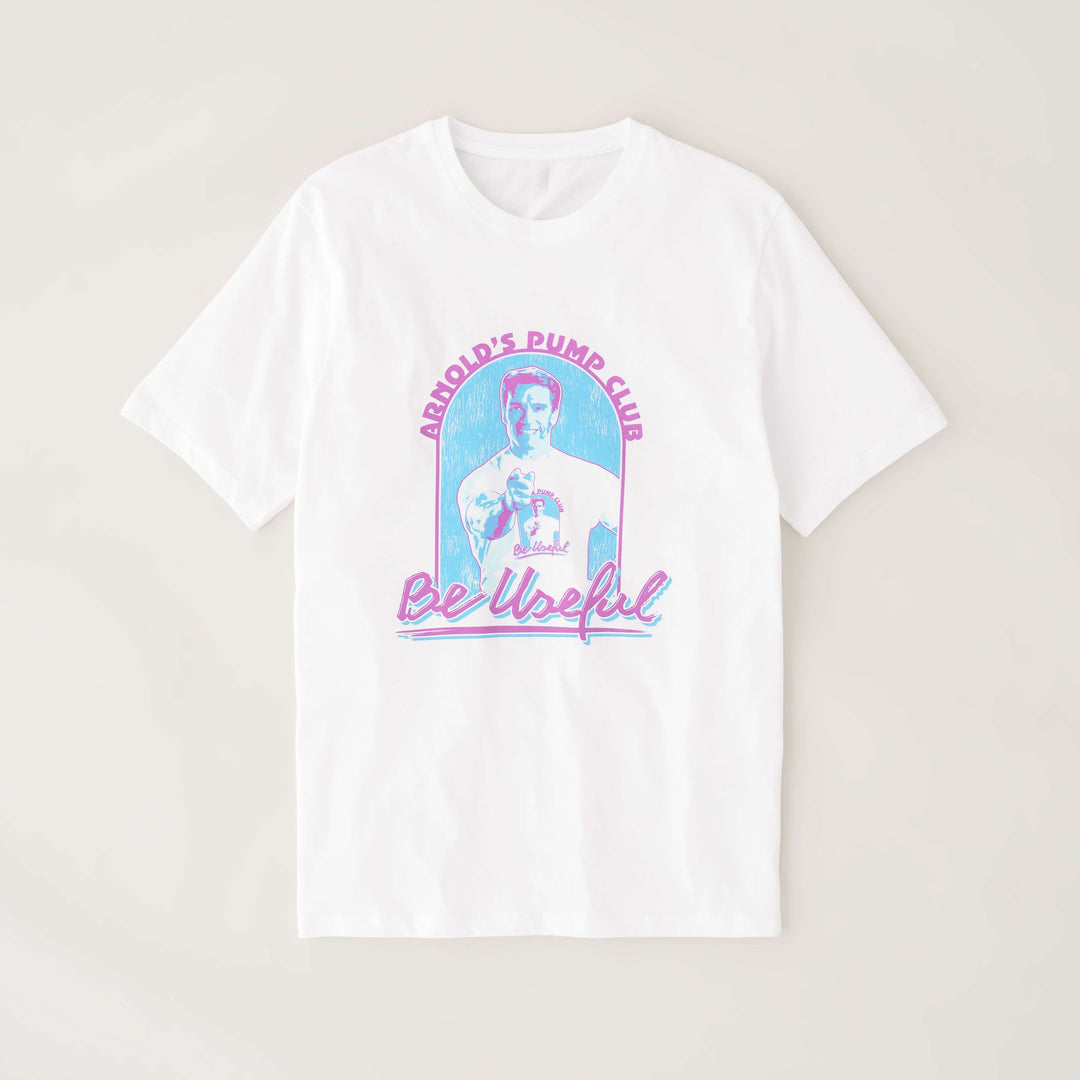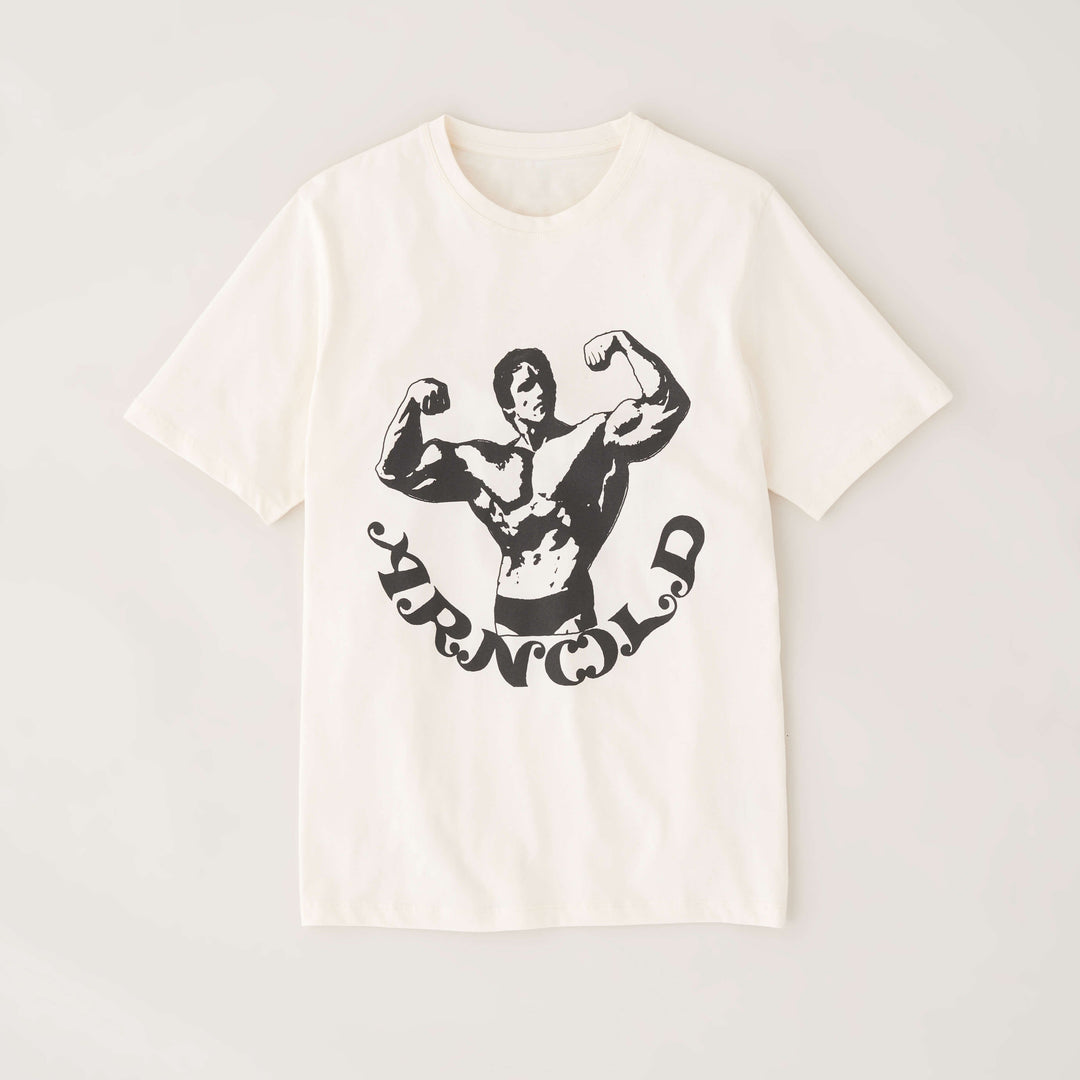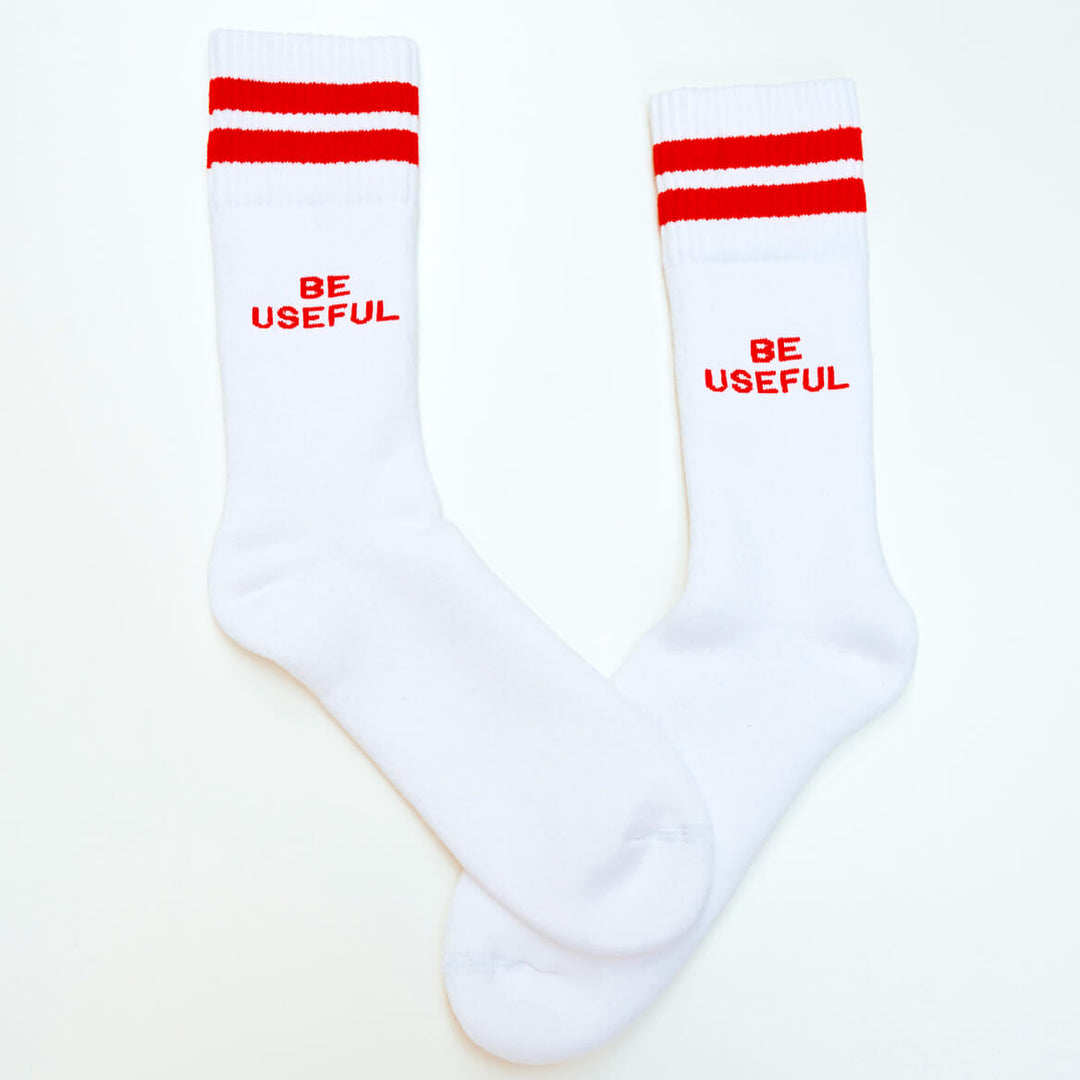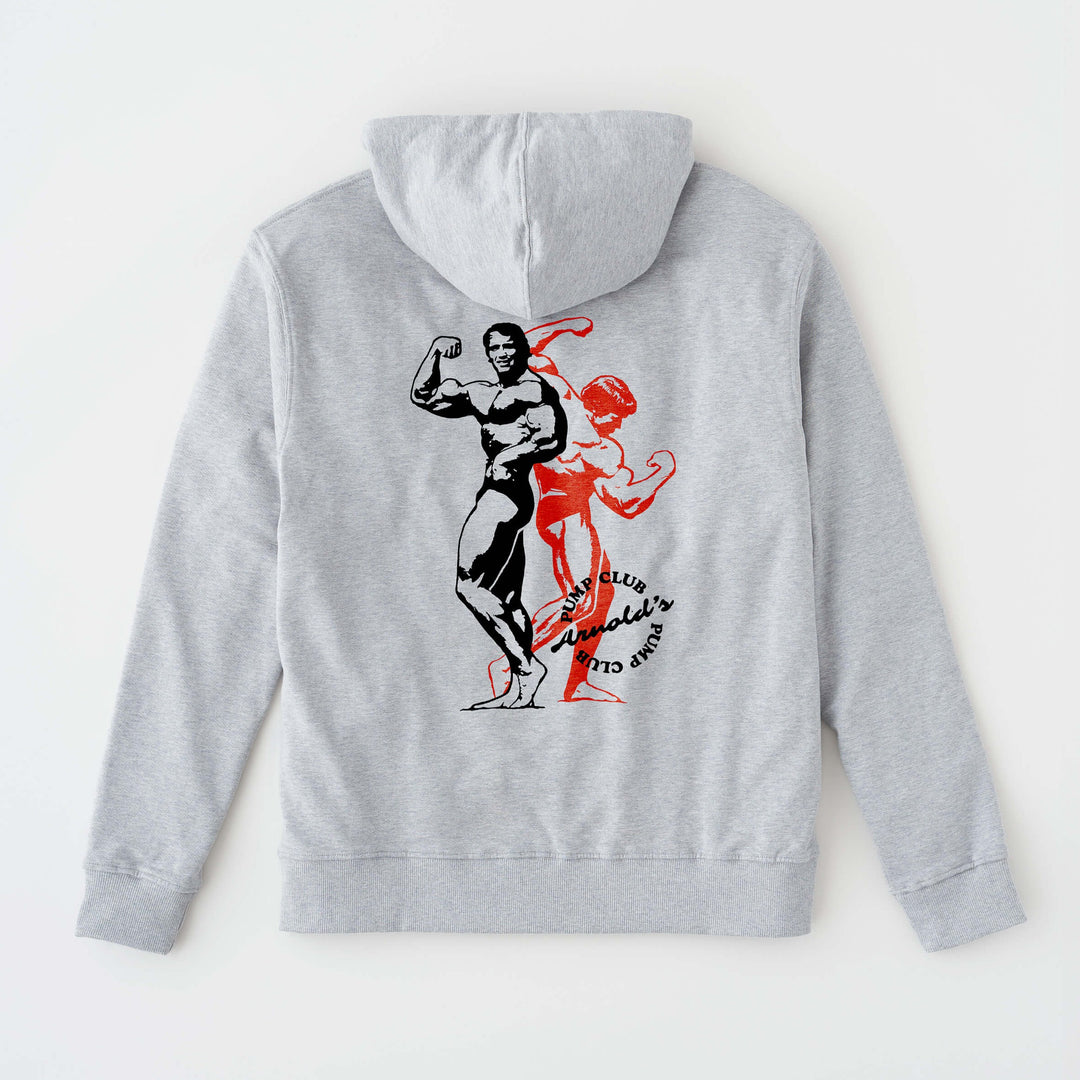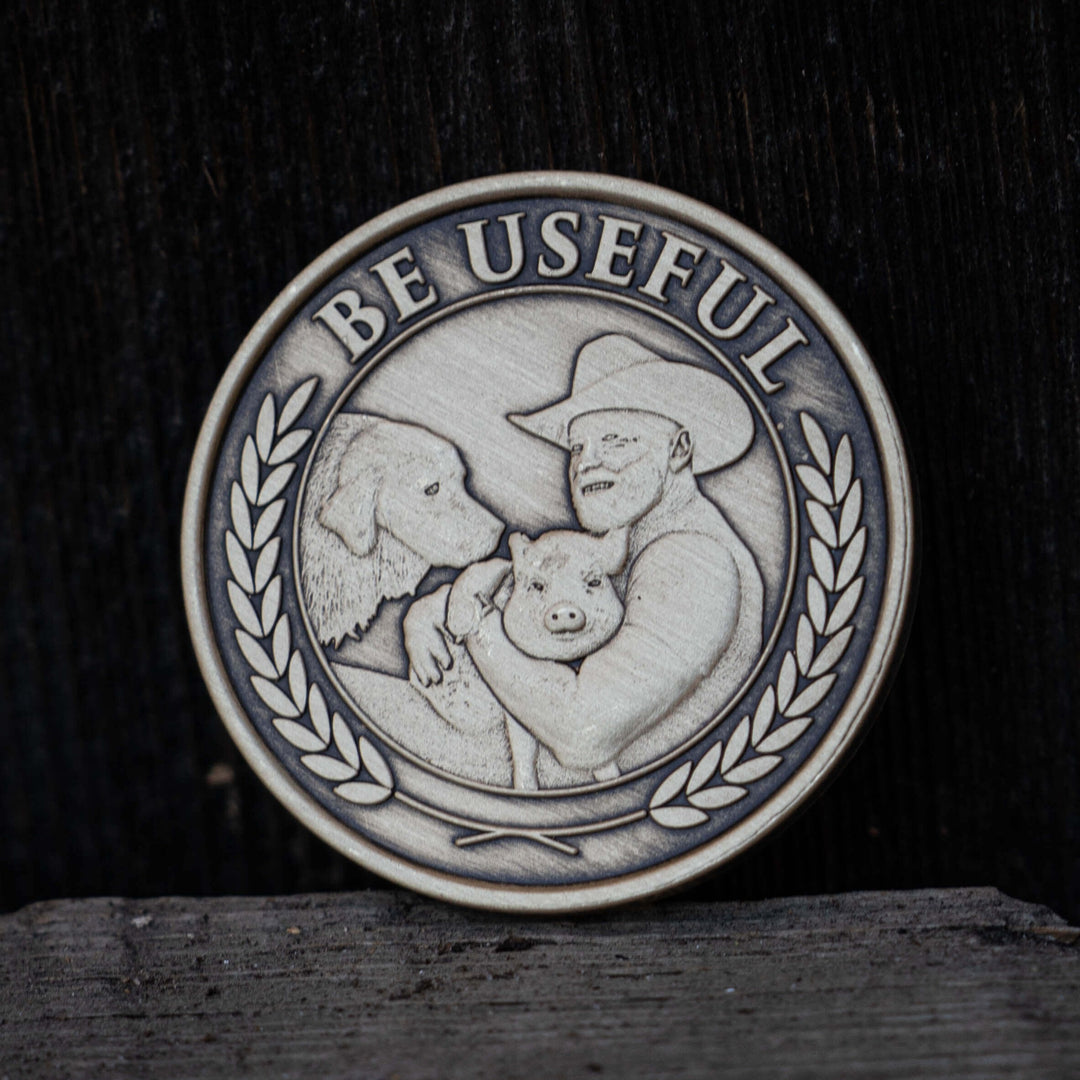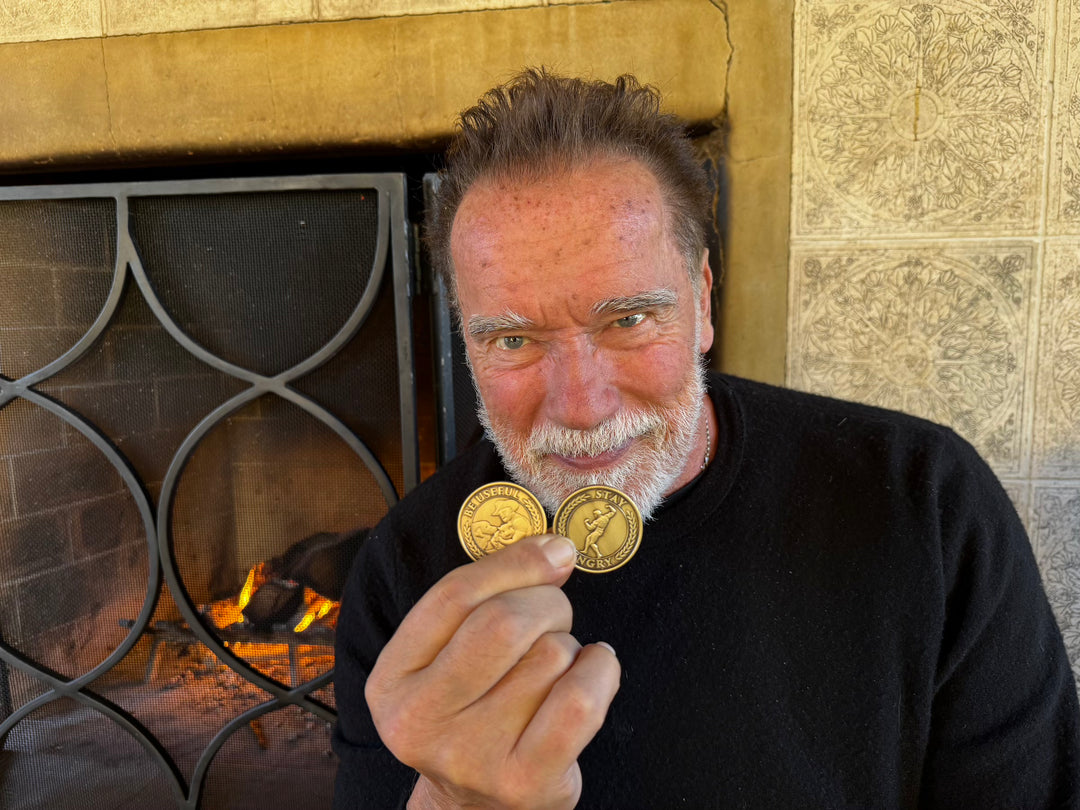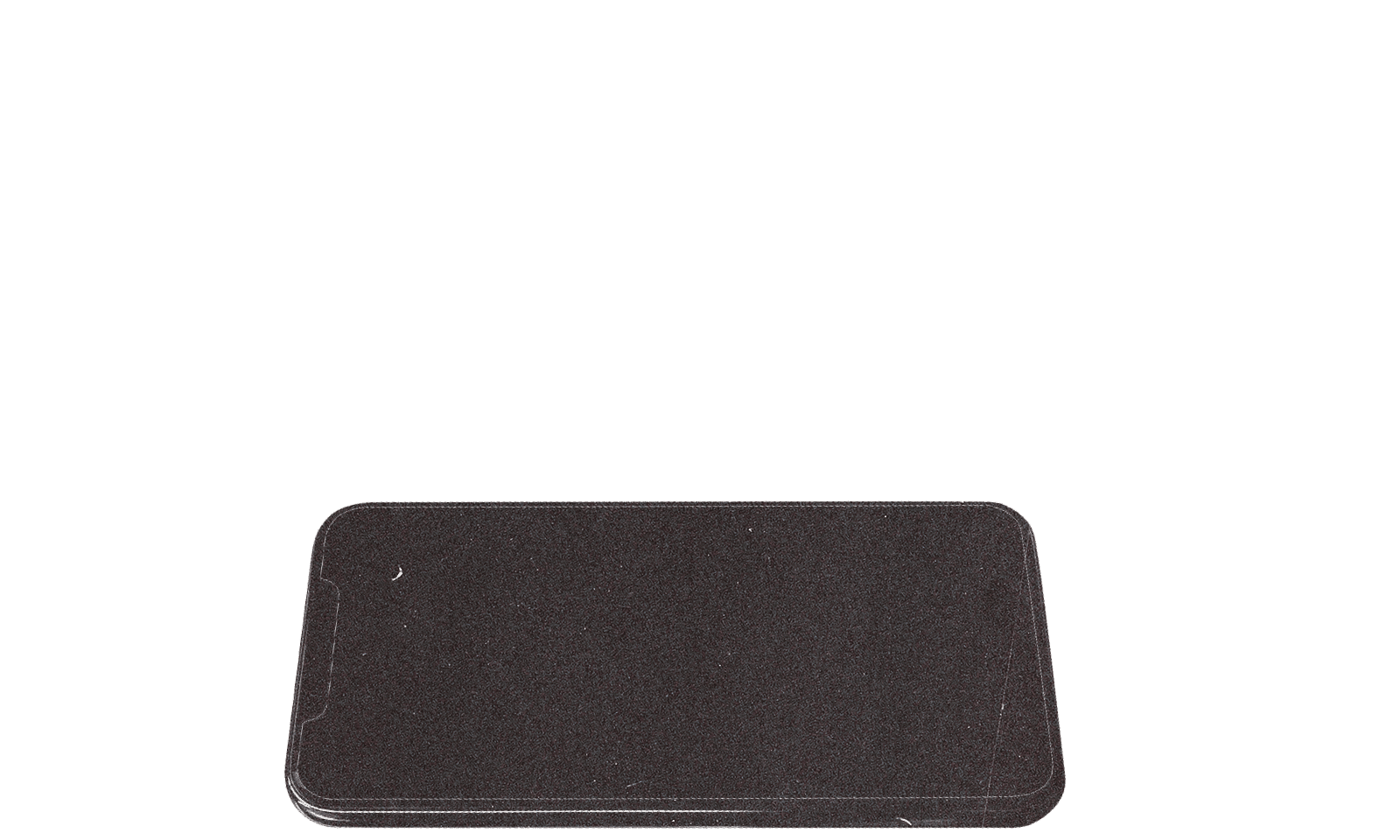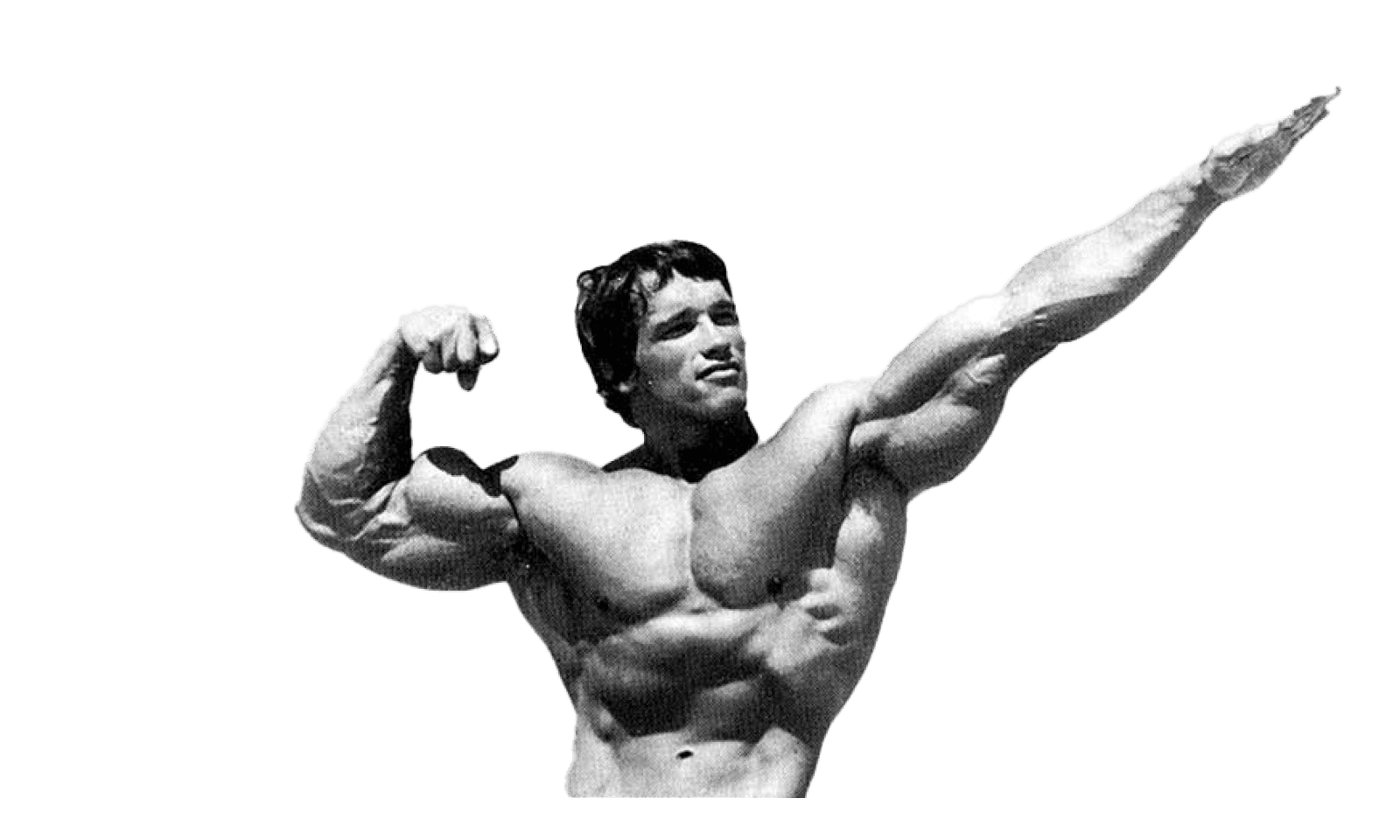You’ve been told the secret to losing weight is eating less. Smaller portions. Fewer carbs. Less enjoyment. But what if that’s the exact belief holding you back?
It sounds too good to be true, but it is possible for you to eat more food than you thought possible—and still watching the scale drop. Today’s special report explains why fullness, not restriction, is the real key to fat loss.
The following article is an exclusive article from The Pump Club app about calorie density, food volume, and how to eat more and lose more, backed by the latest science. Enjoy!
—
When we added the nutrition tracker to the app, we expected it to help people better understand their habits. What we didn’t expect was how many people from all around the world would send us the exact same message:
“I’m eating more food than I ever have...and I’m losing weight.”
I don't want to call it a complete surprise because after nearly 25 years of coaching people, I know that how I approach nutrition -- and how we built the Nutrition Tracker -- is very different from what you usually see. Because almost every diet starts with the same premise: eat less, restrict everything, cut out food groups (especially carbohydrates), and then lose weight.
But we have shared so many nutrition articles, and put out the FUBAR diet, that maybe we tricked ourselves into thinking you wouldn't be shocked by the app version of our nutrition system.
And yet, when many of you received your personalized diet, there was some hesitation because it seemed like there was too much food (especially carbs).
But then the changes started happening. The weight was dropping. Clothes were fitting better. And it left people wondering what was going on.
So how could eating more lead to fat loss?
It’s the science of calorie density, food volume, and metabolism. Once you understand them at the most basic level, your relationship with food may never be the same.
What Really Happens When You Stop Counting Calories (And Start Getting Clarity)
The nutrition tracker helps you see what your brain often misses.
We all think we’re pretty aware of what we eat…until we start logging it. And then, a funny thing happens. We notice patterns we couldn’t see before:
The spoonfuls of peanut butter you sneak in while prepping lunch.
The chips, cookies, and croissants that become a daily habit.
The 8 ounces of oat milk in your latte — enjoyed two or three times a day.
The salad dressing that quietly doubles the calorie total of your meal.
None of these things is “bad.” But they are stealthy. And that’s what makes them powerful. When you can’t see them, you can’t manage them. And when you start to see them clearly—not with guilt, but with curiosity—you suddenly gain power over your decisions.
The beauty of the Pump Nutrition Tracker is its simplicity. You don’t need to be a nutritionist. You just need to log your food and see what’s happening. It’s like putting your finances into a spreadsheet for the first time and finally understanding where your money is going.
And that clarity creates better behavior—not through punishment, but through awareness.
In fact, that’s why for the first two weeks in the app, we ask members to avoid free-choice meals and caloric drinks.
Not forever—just for long enough to give you a window into how those foods impact your daily total.
You’re not forbidden from anything. You’re just learning how often those foods show up, how they affect hunger later in the day, and where you might be able to make a more supportive choice.
The gift of the Nutrition Tracker is that awareness is more powerful than restriction. When you can see what’s happening, you can start to change what happens next.
How Eating More Food Can Lead to More Fat Loss (Backed By 41 Studies)
People tend to think about weight loss and gain as a game of calories, and that’s accurate.
But here’s a little detail that will make all the difference: It’s not the amount of food—it’s the amount of calories per bite.
Let’s do a thought experiment. Imagine two meals:
One is a cheeseburger and fries.
The other is grilled chicken, lentils, roasted vegetables, and a big bowl of watermelon.
Now, one is obviously healthier than the other, but let me twist this in a way that will help the point that matters make sense.
Both meals can be 700 calories.
But one meal fills a small plate.
The other fills two.
The cheeseburger and fries might not fill you up. Or it might do it temporarily, only for you to feel hungrier a couple of hours later.
However, the chicken, lentils, veggies, and watermelon can leave you satisfied and energized for hours. You’ll be so full you might be uncomfortable.
Both are the same number of calories, but one sets you up for success, unlike the other.
That’s the magic of energy density—also known as calorie density. It’s the number of calories per gram of food. The more water and fiber a food contains, the more it weighs (and fills your stomach), but the fewer calories it carries.
In a massive meta-analysis of 41 randomized controlled trials, researchers found that low-energy-dense foods (median 1.1 kcal/g) consistently helped people eat fewer calories while still feeling full, compared to higher-energy-dense options (median 1.5 kcal/g).
The relationship was linear: as calorie density decreased, total calorie intake also decreased.
Another review of 31 studies found that serving lower energy-dense foods resulted in significantly lower daily calorie intake—even when people were eating outside of controlled laboratory settings.
It wasn’t just about portion control. It was about feeling satisfied with fewer calories.
And that’s the real magic: You can eat more food, feel fuller, and still lose weight—if the foods you eat are less calorie-dense.
Because the reality is that many low-calorie-density foods just end up being a lot less caloric. A more real-life example is imagining the following options for breakfast:
A donut (400 calories)
OR
A massive bowl of strawberries and a protein shake (250 calories)
Guess which one keeps you full longer?
You already know the answer. But here’s the mind-bending part: the strawberry bowl alone weighs much more than the donut, and that’s before the protein shake. That’s real volume. That’s satiety. That’s a full stomach and a satisfied brain.
Your Body Craves Volume, Not Just Calories
Your stomach responds more to how full it gets.
Imagine filling a backpack with feathers vs. bricks. One is light but bulky; the other is small and heavy.
Your body works the same way. When you eat high-volume foods—like fruits, vegetables, and broth-based soups—you literally stretch your stomach walls. This stretch triggers receptors that send signals of satiety to your brain.
That’s why 300 calories of chips leaves you looking for more food…while 300 calories of oatmeal, berries, and eggs shuts down hunger for hours.
Researchers studying U.S. adults found that people with the lowest energy-dense diets consumed about 400 more grams of food per day, but that resulted in 425 fewer calories for men and 275 fewer calories for women.
If there’s something you must remember, it’s that feeling full doesn’t require more calories—just more food with water, fiber, and nutrients.
Not All Carbs Are Created Equal
Once you understand the rules of fullness, satisfaction, and calorie density, you can start to see how carb fear is misplaced — and why people eating more carbs with the tracker are somehow losing more weight.
Carbs have taken a beating over the years. But lumping all carbs together is like saying all music is the same because it’s made of sound.
Let’s break it down:
A slice of white bread? High in calorie density, low in fiber.
A bowl of lentils or black beans? Low in calorie density, high in fiber and protein.
If you’re using the Nutrition Tracker, the first one will be recorded in your tracker as one carb. The second option is likely to be 1 protein and 2 carbs, and it will leave you feeling full enough that when someone offers you a bag of chips, you can resist.
In a controlled trial, researchers gave participants either an ultra-processed or an unprocessed diet for two weeks each. Meals were matched for calories, macros, sugar, sodium, and fiber.
And yet, people ate 508 more calories per day on the ultra-processed diet. They gained nearly a kilogram (2 pounds). On the unprocessed diet, they lost the same amount.
The catch? People didn’t try to eat less on the unprocessed plan. They just got full earlier and didn’t want more.
Because the right carbs—unprocessed, fiber-rich, and slow-digesting—keep you full and prevent overeating.
How Your Metabolism Actually Works
Now, at this point, you might be thinking — "OK, Adam…but you don’t have MY metabolism."
If you’re older than 66, yes, that is true. After 66, your metabolism begins to slow down, but you can still outsmart it.
Before that, most of what people describe as metabolism slowing down is just them slowing down — studies show that as people get older, they move less, thus, they burn less calories. Millions of people experience weight gain without a change in their diet and assume it's due to a slower metabolism. Don’t fall into that trap. Keep moving.
However, if you’re between 18 and 66, a massive review found that your metabolism is surprisingly consistent and regulated, and more dependent on your body weight, muscle, and body fat than anything else.
In other words, your metabolism isn’t broken—you just need to understand how to feed it.
Most people think of metabolism as fast or slow, like a genetic lottery. But, your metabolism is made up of four parts:
Basal Metabolic Rate (BMR): the calories you burn at rest (50-70%)
Thermic Effect of Food (TEF): the calories burned digesting food (~10%)
NEAT: non-exercise activity, such as walking, fidgeting, taking stairs, pacing, just normal movement outside of training (10-30%)
Exercise: the calories burned through training (10%)
While you can’t control all of these directly, you can influence TEF—primarily through what you eat — and that influences about 10 percent of your total metabolism.
Protein has the highest thermic effect. You burn 20 to 30 percent of its calories just by digesting it. Compare that to 5 to 10 percent for carbs and up to 3 percent for fat.
Let’s put that in simple terms. If you eat 100 calories of protein, your body might burn 30 calories by digesting it. If you eat 100 calories of carbs, your body might burn 10 calories digesting. How about 100 calories of fat? Just 3 calories. It’s small, but it adds up.
One study found that protein-rich snacks led to better appetite control, delayed eating, and higher satiety compared to high-fat snacks.
A separate review concluded that higher protein intake consistently improves satiety, reduces food intake, and supports weight management.
And that means your takeaway is clear: A higher-protein, lower-calorie-density diet burns more calories and keeps you feeling fuller longer.
However, you DON'T have to go overboard on protein.
We include a protein range for a reason. Achieving the desired effect requires anywhere from 1.6 to 2.2 grams per kilogram of your goal body weight.
If you are less active, you can even get away with eating less protein.
But here’s the one word of warning and why we recommend more protein: you still need calories. So, if the choice of filling your balance comes from protein, carbs, or fat — and your goal is to stay lean and healthy — due to the thermic effect of food, protein tends to be a more efficient approach, which is why we recommend the higher end of the range.
However, protein targets are still a range, so we don't want you to overthink or stress about protein. You don’t need to obsess over 1 gram per pound of goal body weight.
The higher end is not necessarily better, which means anywhere within the protein range is great.
How To Increase Your Metabolism (The No-Supplement, No-BS Way)
A lot of you may look at the four components of metabolism and say, “Well, more protein helps me with the thermic effect of food, my exercise helps me, and I can move more to increase my non-exercise activity, but the bulk of metabolism is still resting or basal metabolic rate. How do I increase THAT?”
The simplest way is by replacing fat tissue with muscle tissue.
Muscle tissue burns approximately 6-7 calories per pound of muscle per day at rest.
Fat tissue burns approximately 2-3 calories per pound of fat per day at rest.
To put this into context, let’s take two people. Both are 180 pounds. One has 15 percent body fat, and the other has 30 percent. That means the person at 15% body fat has 153 pounds of lean muscle compared to 126 pounds of lean muscle for the person at 30 percent.
The leaner person with more muscle will burn approximately 150-250 more calories more per day just by existing.
It seems unfair, a rich get richer situation, but it’s true. If you trade fat for muscle, your body will burn more calories.
And this holds true at all ages.
Remember how I mentioned above that metabolism is tightly controlled from the time you’re 18 until you’re 66?
It turns out, the changes in metabolism over the years is less about age and more about shifts in muscle mass.
As you get older, most people lose significant amounts of muscle, and that loss of muscle — in addition to the behavioral changes that lead to the loss of muscle (less resistance training, less movement, less protein, worse sleep) — is a big reason why you experience the shifts.
And that's why we are such big advocates of resistance training. The action that will play the most significant role in having more lean muscle mass is lifting weights (it's far more critical than protein intake).
Put simply: muscle protects your metabolism and your weight. And it doesn’t mean you have to be overly muscled or a bodybuilder. It just means that for any weight, the greater the ratio of muscle to fat, the better your metabolism will function.
So the answer is an easy one: Keep showing up for your workouts and pushing to the hard reps. Let muscle by your aid in the fight against body fat.
How 2 Weeks Of Discipline Can Help You Eat Better (And Eat More)
You don’t need a perfect diet. You don’t need to weigh every ounce. You just need a strategy built around clarity, volume, and satiety.
Whether or not you use the tracker, one of the best things you can do is take 2 weeks to audit your diet.
The tracker is beautiful in its simplicity: you don’t need a degree to decipher what it shows you. There are no spreadsheets, charts, or confusing algorithms. You log what you eat, and it shows you how your choices stack up. That’s it. And that’s everything.
Every two weeks, you'll check in, and it will provide you with an update on your consistency and progress.
But here’s the catch: for the first 2 weeks, we want you to be both honest but intentional with how you eat.
If possible, limit caloric beverages and desserts. But if you eat them, make sure you log everything. This doesn’t require any calorie counting — just transparency about what you’re eating and drinking.
For the first 2 weeks, we don't overreact or make changes. (Please keep this in mind because we are invested in your long-term success, which means not putting you on a rollercoaster of extremes.)
Instead, we want you to focus more on building the right habits and adjusting where it's obvious you can improve. If you're still stuck at the second check-in, we'll start adjusting your diet (assuming you're compliant and consistent) to help you move in the right direction.
That's why we want you to be honest with tracking, so that you finally have the visibility into how your eating influences your goals, and that doesn't require counting calories or stressing every meal.
When you go to enter something like cookies, chips, croissants, soda, or juice—something not part of the core tracker recommendations—it’s not there to shame you. It’s there to show you what’s happening.
These foods are NOT off-limits. There’s always a time and place for free-choice foods. We love fun and don’t want you to become a machine that only sees food as fuel. However, it also reveals just how many sneaky calories can quietly accumulate during your day.
And what’s more important: those extra calories usually don’t fill you up. Because they’re ultra-processed, they tend to leave you hungrier later. That’s the double whammy—more calories, less fullness.
When you start cutting down on those foods—not entirely, but consistently—something shifts. You feel better. You snack less. You see progress. Or sometimes, you catch yourself right before you make a choice that doesn’t serve your goal—and you pivot. Not out of fear. But out of awareness.
And here’s the part most diets ignore: you don’t have to make the “right” choice every single time.
If you’re eating the right foods 70 to 80 percent of the time, you will change. It’s why being in the “green” on the tracker never requires perfection. It just requires consistency. It gives you space to live and flexibility to grow.
It’s also why, for the first two weeks, we ask you to avoid free-choice meals and liquid calories. Not as a restriction, but as a reveal. These things get added back in. But for now, it’s about giving you the visibility and transparency that’s missing from so many extreme plans.
We’re not telling you to give them up forever. We’re helping you see how often they show up—and how they affect your energy, hunger, and goals.
Because once you know, you’re free to decide.
And when you start deciding more often in a way that supports your goals, the results become automatic. Not because of pressure—but because of practice.
To keep it simple, start here:
1. Track 2 weeks of eating. If you’re in the app, use the Pump tracker daily—not for control, but for visibility.
2. Build meals around protein, fiber, and water-rich carbs.
3. Focus on whole, minimally processed foods 70–80% of the time.
4. Avoid liquid calories for the first two weeks to build awareness.
5. Don’t fear food. Just notice the patterns, and let that guide better choices.
Because once you see how easily small changes add up, you’ll stop fearing food.
You’ll start trusting your instincts.
And you’ll finally feel what it’s like to eat more, enjoy more, and still make progress.
LAST CHANCE
This is your last-chance to take advantage of something we’ve never done before:
When you buy an annual Pump Club membership for just $79 for the year (just $6 per month) — which is 50% off the montly price — you get a second annual membership to share with someone who needs it most.
The strongest transformations happen when you're not doing it alone. Now you can bring your training partner, spouse, or friend into the positive corner of the internet where real progress happens.
This offer disappears in 24 hours. Join the village.
—
Publisher: Arnold Schwarzenegger
Editors-in-chief: Adam Bornstein and Daniel Ketchell




